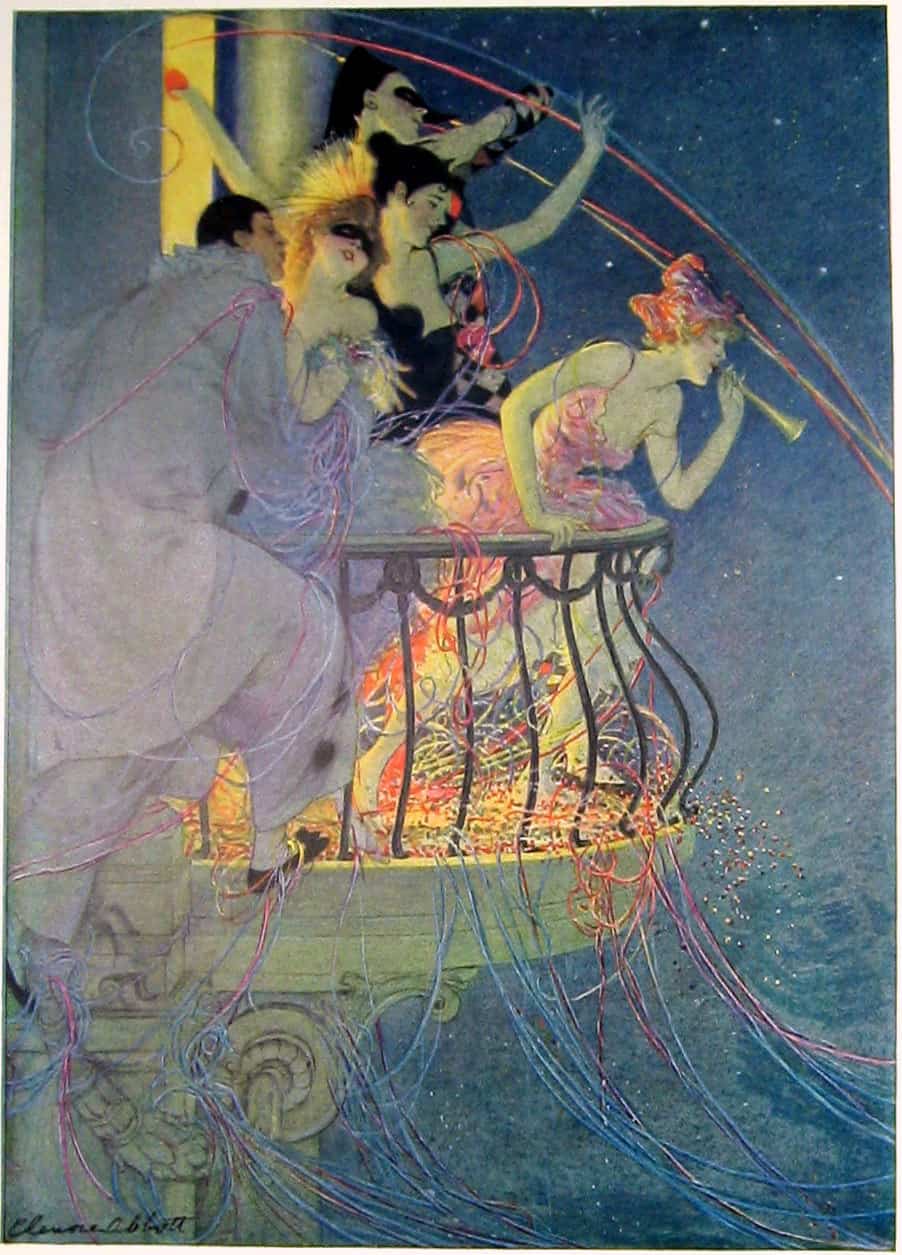Parties provide an excellent setting for getting people together. And when people are together this creates conflict, the backbone of any story.
Like other high-stress, socially critical events such as competitions and staged performances, parties also often happen at the climax of a story. Events leading up to the party garner suspense due to the ticking clock.
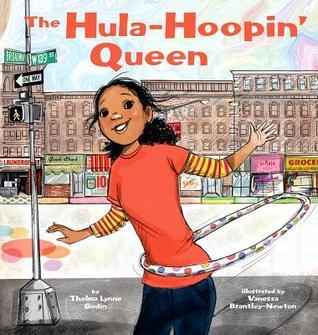
Kameeka is confident that today she will finally beat her rival, Jamara, and become the Hula-Hoopin Queen of 139th Street. But then Mama reminds her that today is their neighbor Miz Adeline s birthday, and Kameeka has a ton of chores to do to get ready for the party they are hosting.
Whenever I did creative writing exercises with high school students in English class, I knew it was no good asking them to write about autobiographical events which had recently happened. My own English professor at teachers’ college had told us that people need at least seven years of reflection before writing about our own lives well. Since these kids were about 13 and 14, I asked them to remember a time from when they were seven or younger. I didn’t ask them to discuss their memories with their classmates as part of the drafting process because I wanted them to come up with their own memories, but after a few years of doing this I finally learned something else — the vast, vast majority of kids will write about birthday parties and injuries. I got so sick of reading about stitches and broken bones that I asked them not to write about injuries. I also learned that there’s nothing inherently interesting about a birthday party.
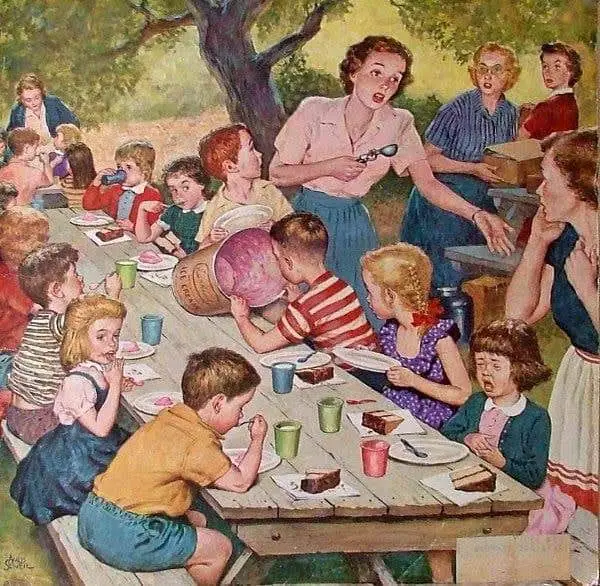
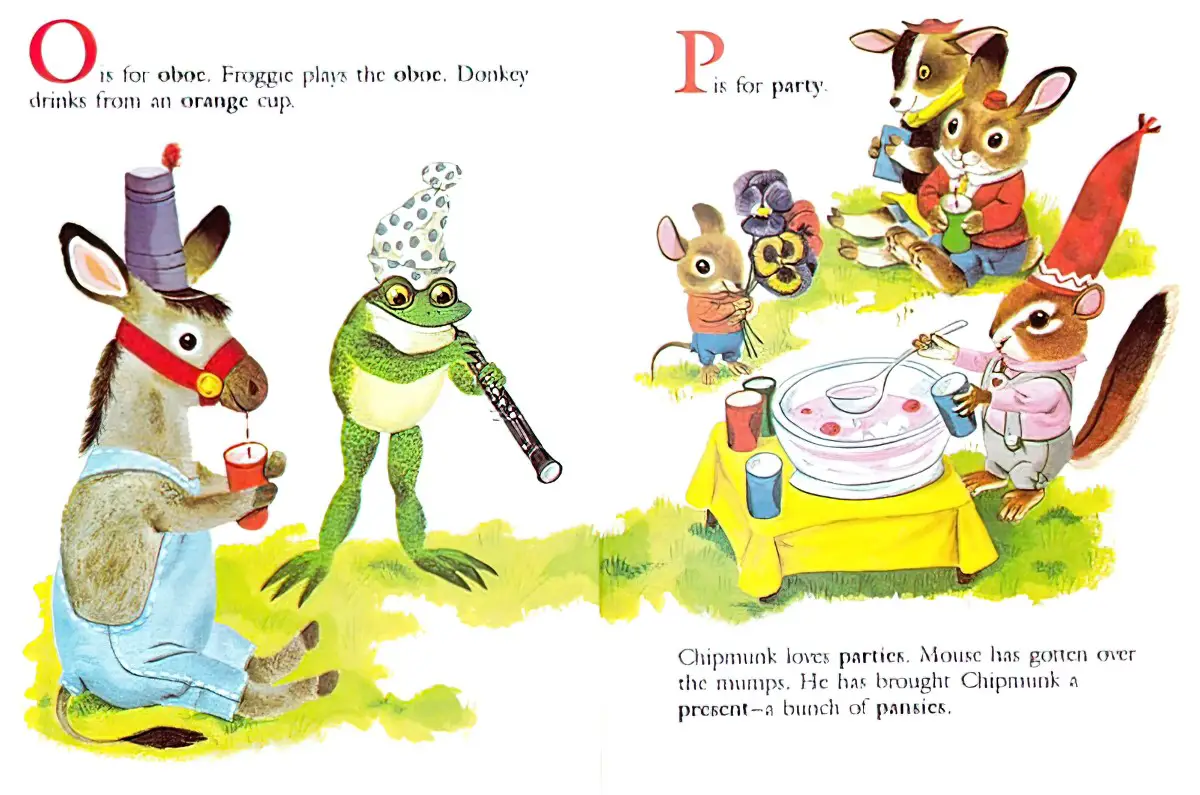
However, birthday parties are important to young people, and of all the memories we make during childhood, parties are some of the most resonant. Not surprising, then, that parties feature large in children’s stories.
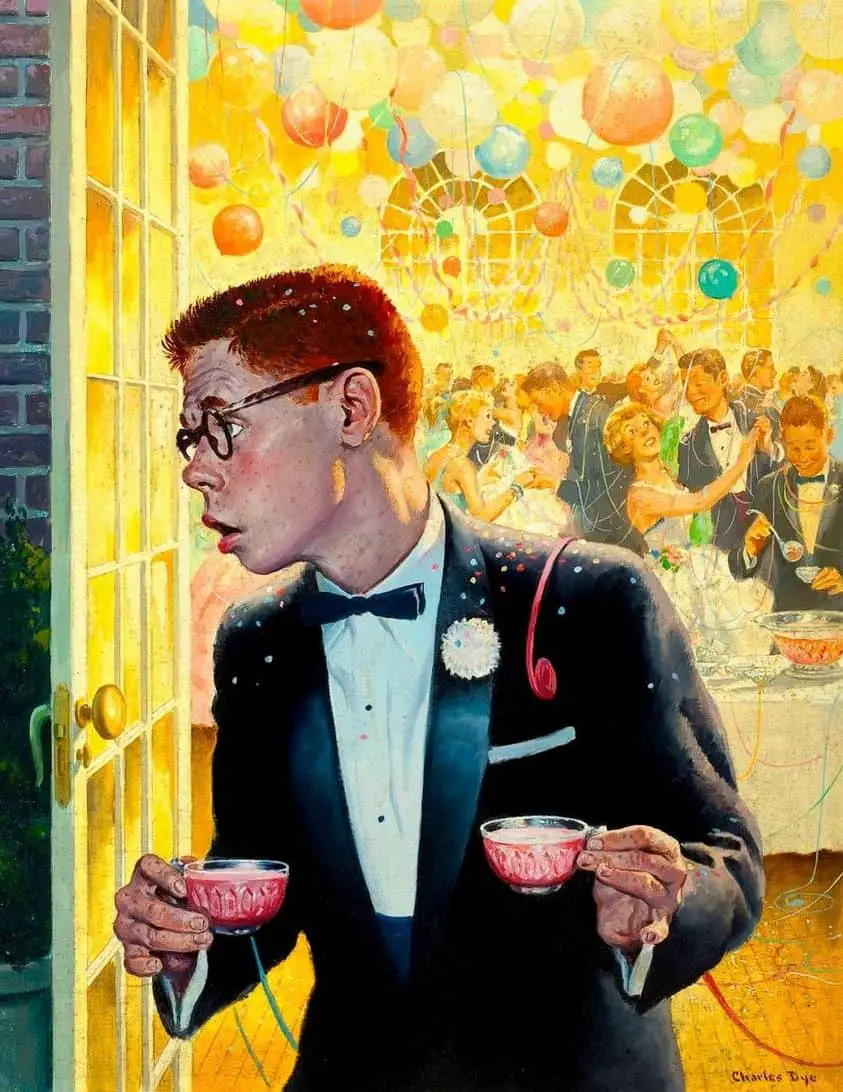
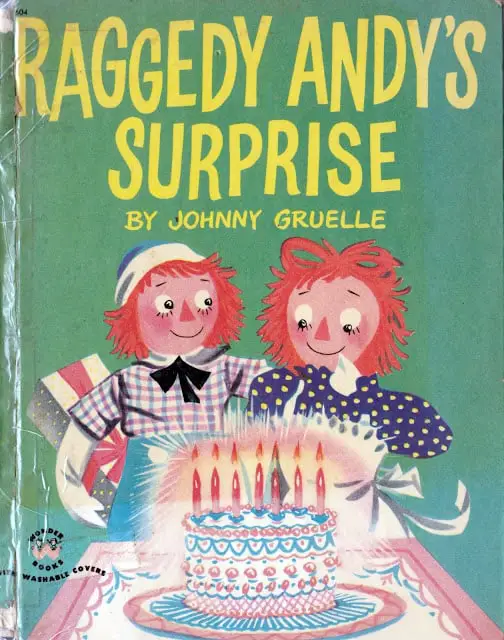
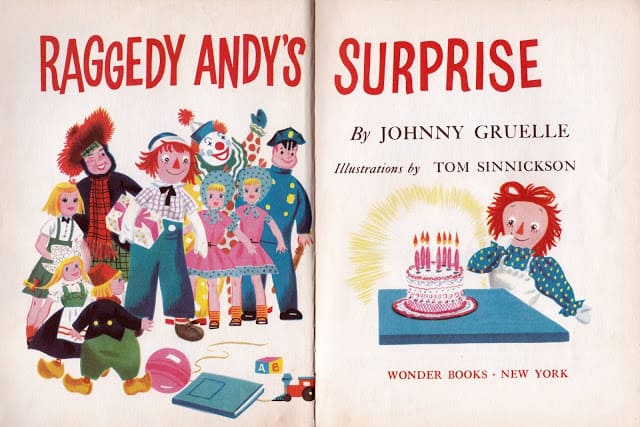
Apart from bringing people together, promising conflict, there is another useful storytelling function for the tea party, demonstrated in picture books such as Pettson and Findus by Sven Nordqvist and the Mercy Watson series by Kate diCamillo. These stories have carnivalesque elements, and an inherent problem with the carnivalesque plot is that the hijinks must at some point wrap up. The tea party makes for an excellent conclusion to a fun, hygge children’s story. Typically, the small community sits down together and shares food. No matter what just happened, all is well with the world. In some long-running series, the sit-down food party concludes every single story.
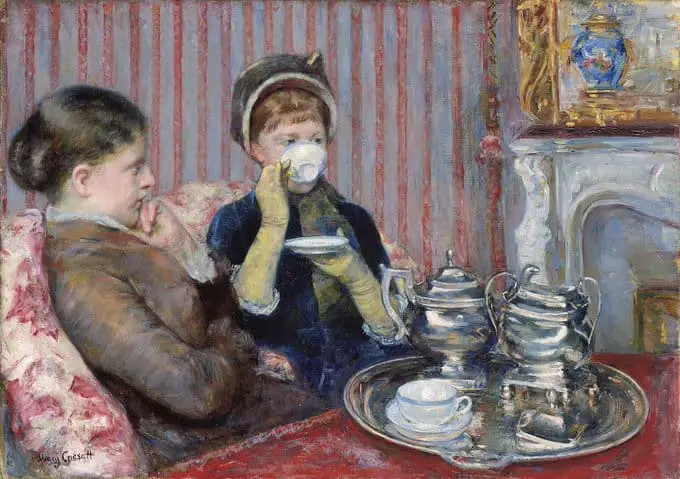
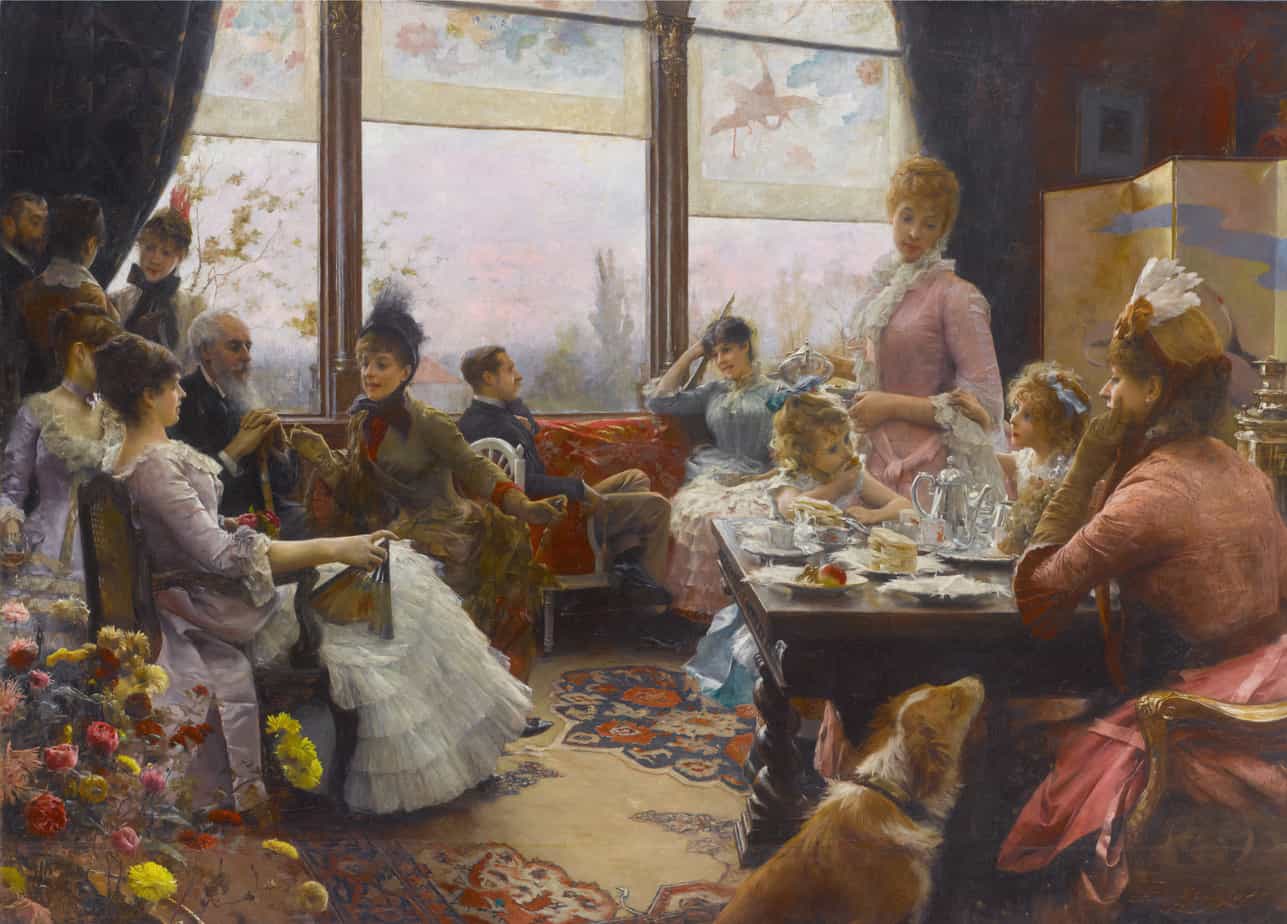
![Kate Greenaway [1846-1901] THE TEA PARTY from Marigold Garden c1892](https://www.slaphappylarry.com/wp-content/uploads/2021/06/kate-greenaway-1846-1901-the-tea-party-from-marigold-garden-c1892.jpg)
In the pleasant green Garden
We sat down to tea;
“Do you take sugar?” and
“Do you take milk?”
She’d got a new gown on –
A smart one of silk.
We all were as happy
As happy could be,
On that bright Summer’s day
When she asked us to tea.
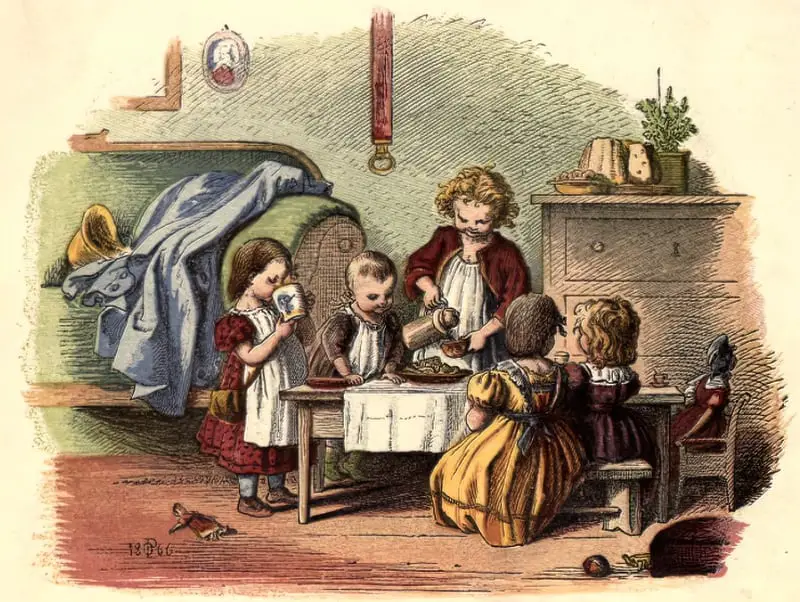
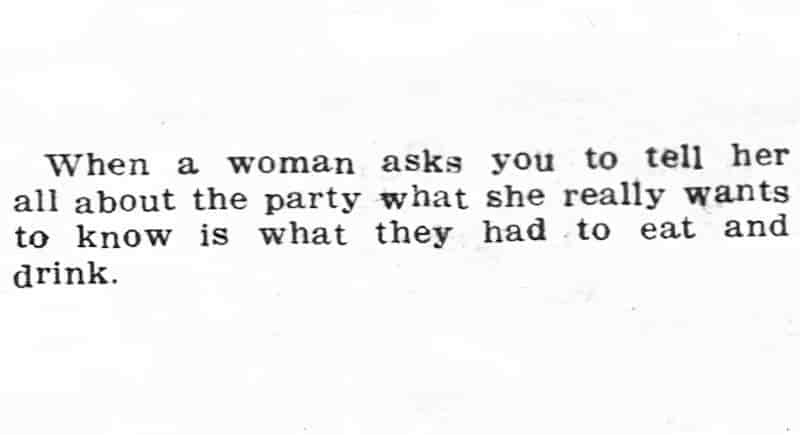
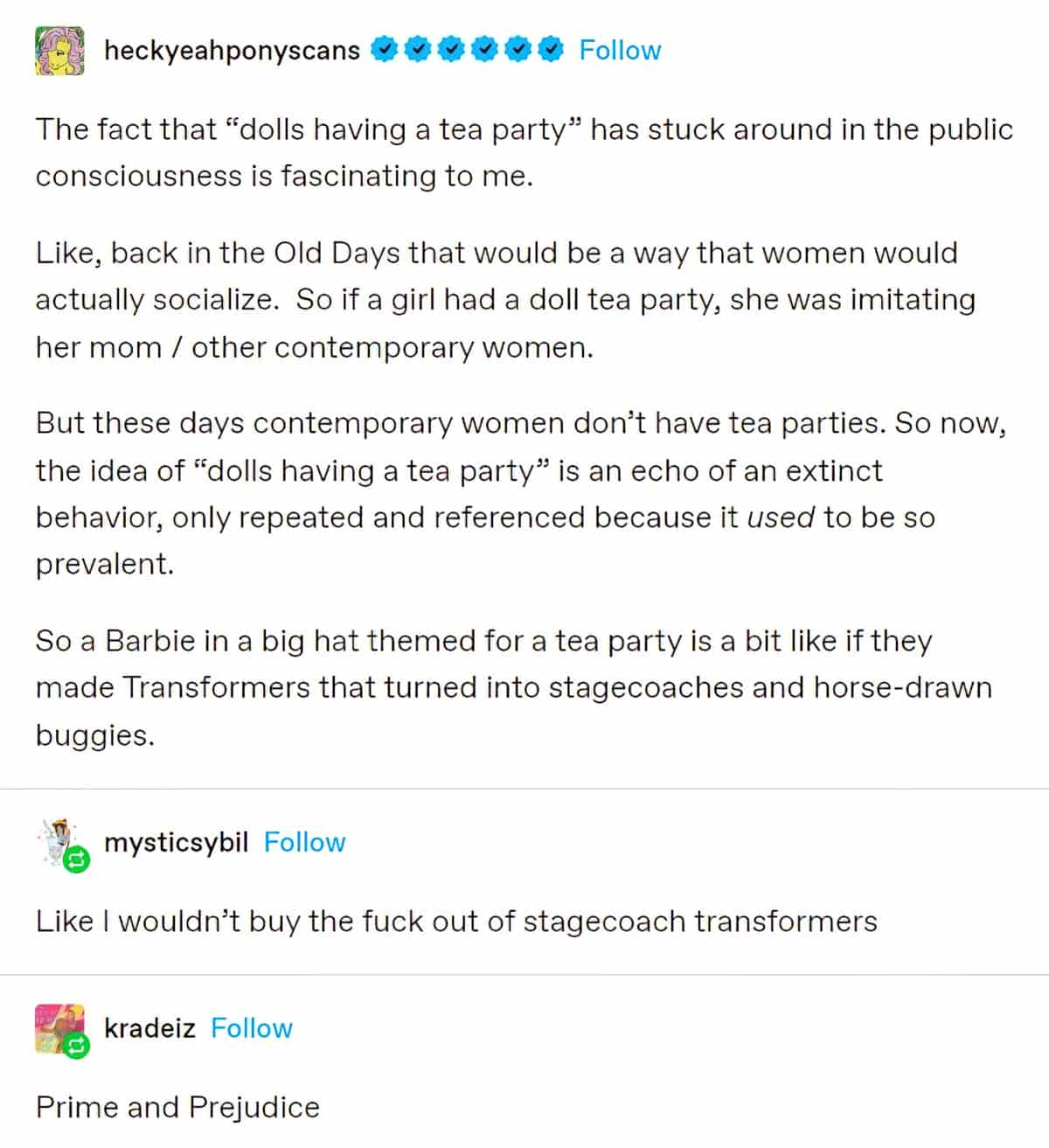

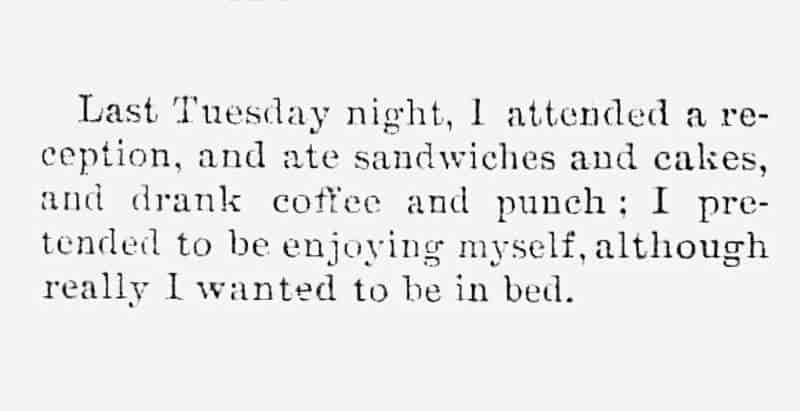
WHAT’S GOING ON IN THE WORLD OUTSIDE THE PARTY?
I always ask people caught in conflicts the same question: “Why did it take you so long to leave?” Or “Why didn’t you leave when you had the chance?” The answer is nearly always the same: because we never thought it would happen.
I remember summer afternoons in Damascus in 2012, standing on my hotel balcony watching a massive rave below me: partiers were dancing around a pool, beers in hand, rap blaring. On the edge of the city, bombs were falling — I could see the plumes of smoke in the distance. The pool party was an attempt to deny the inevitable and freeze time: a desperate, defiant last chance at normality.
America Shows Troubling Warning Signs of a Slide Into Civil War by Janine Di Giovanni, October 2020
Food, in general, is important in children’s literature.
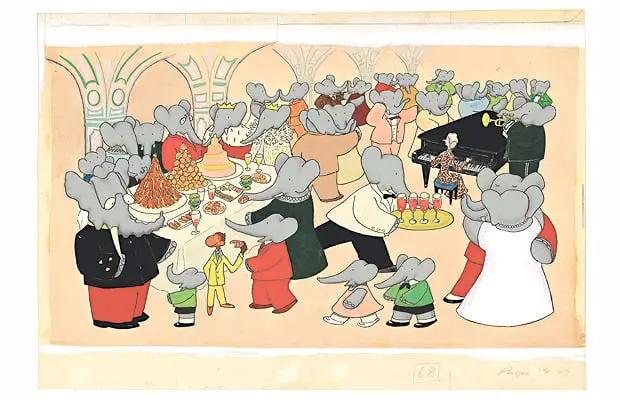
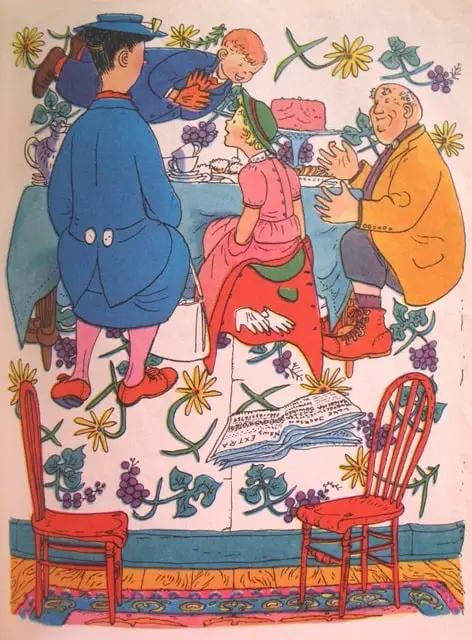
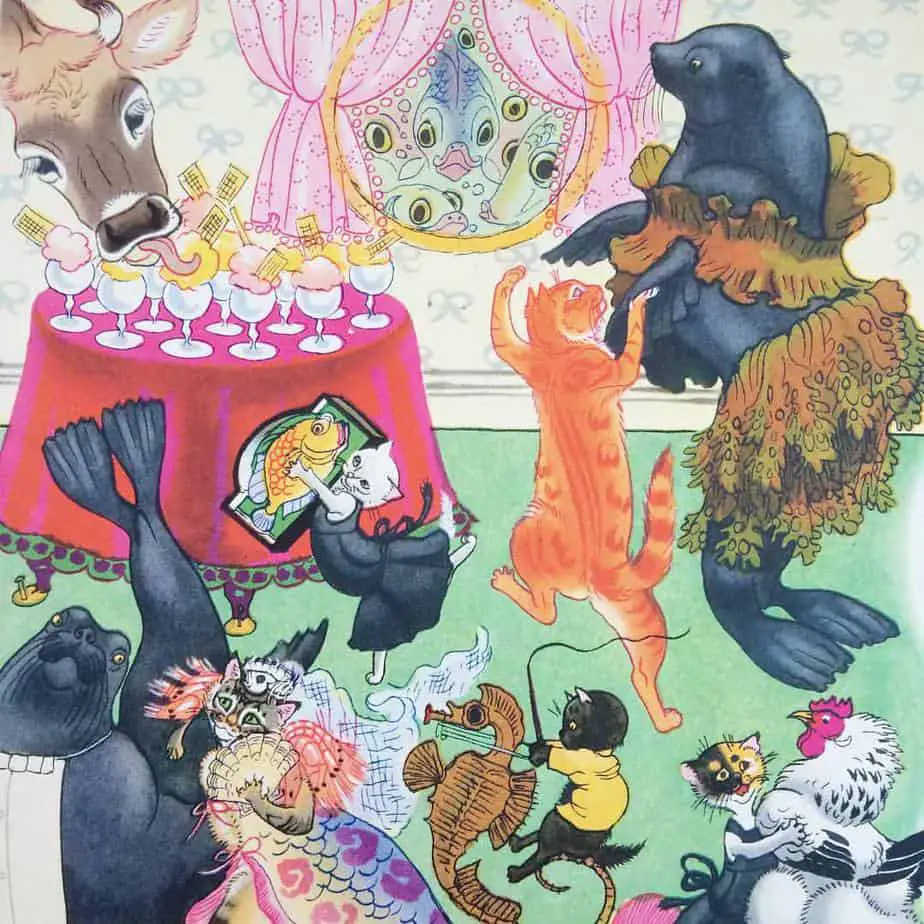
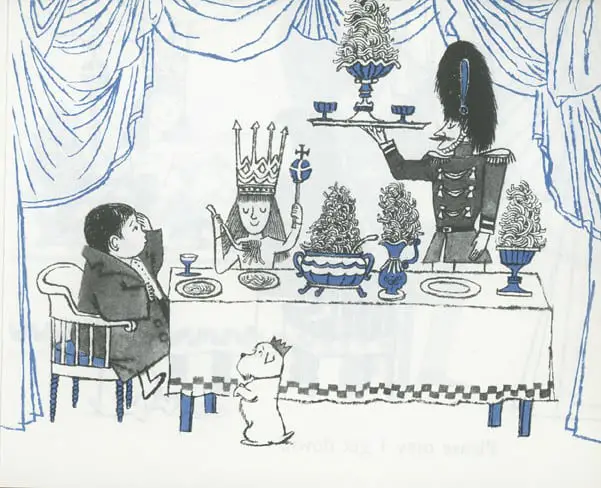
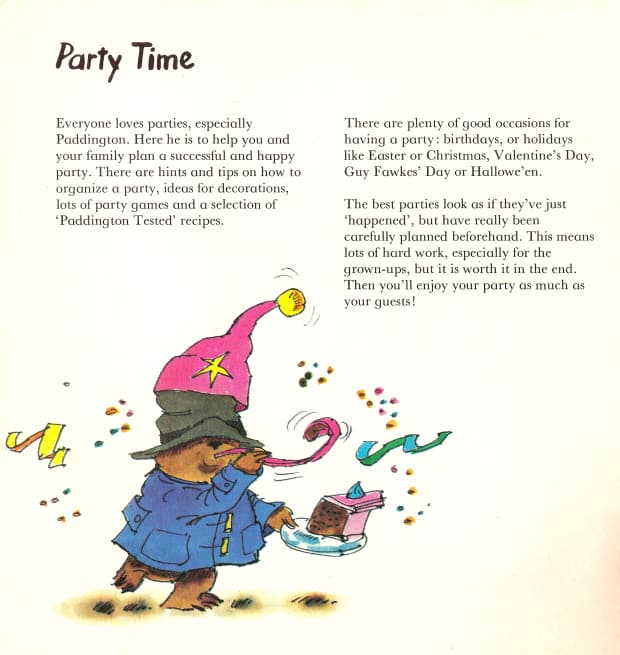
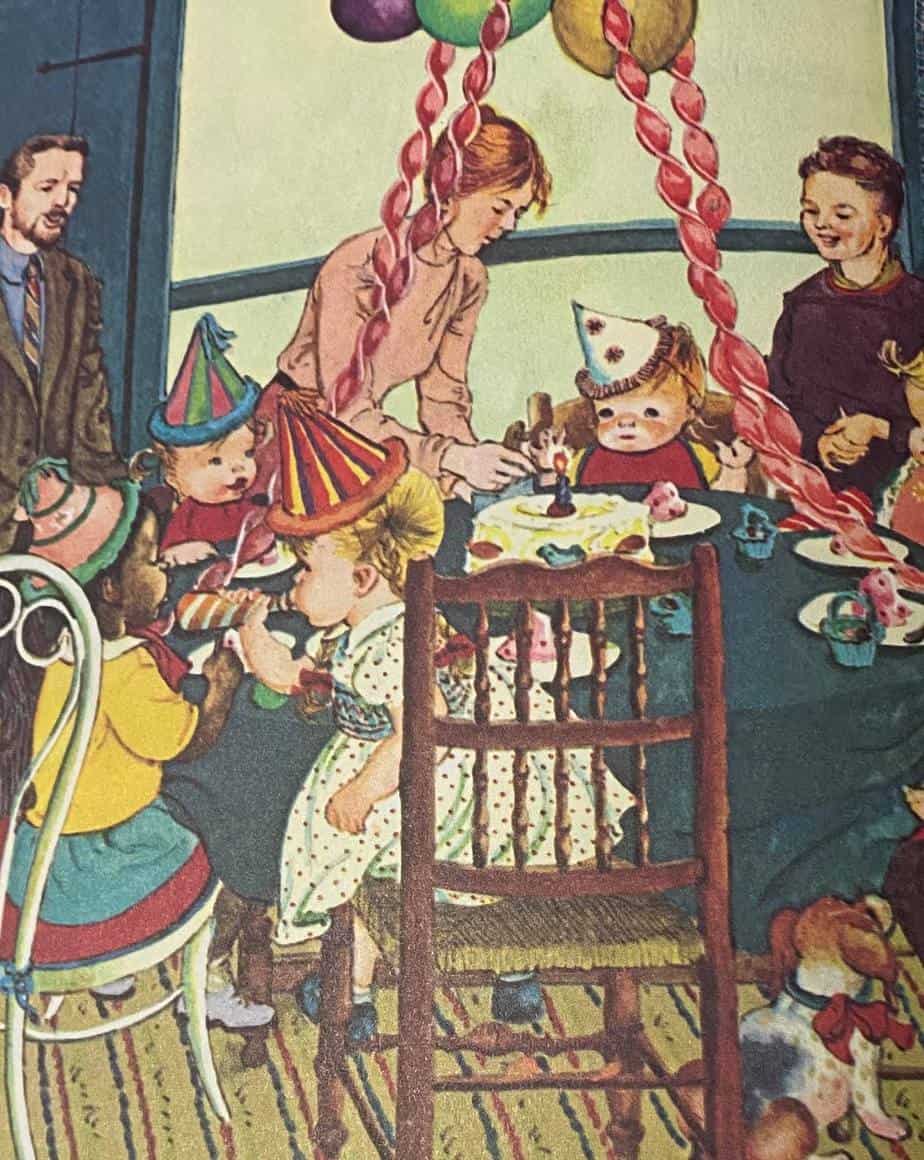
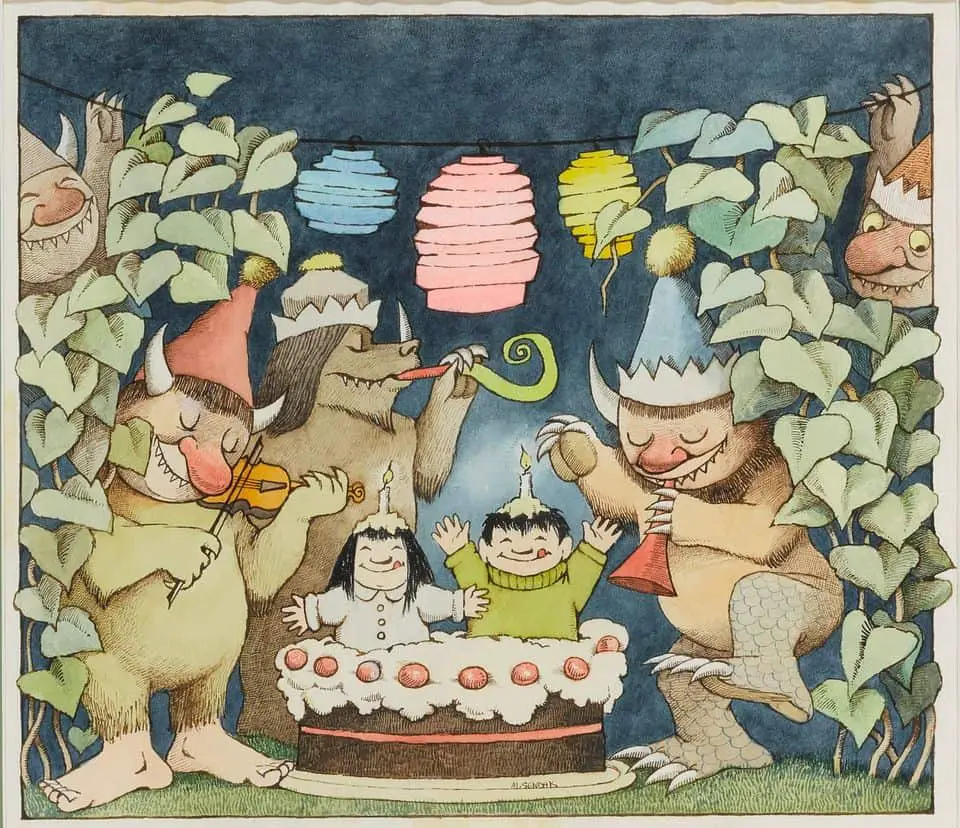
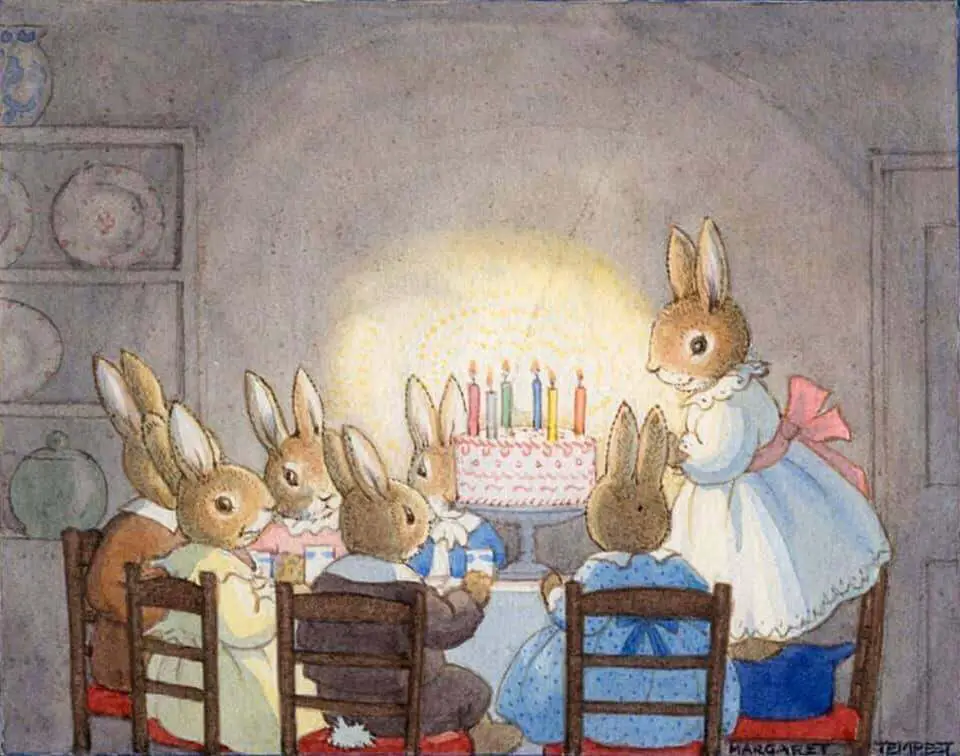
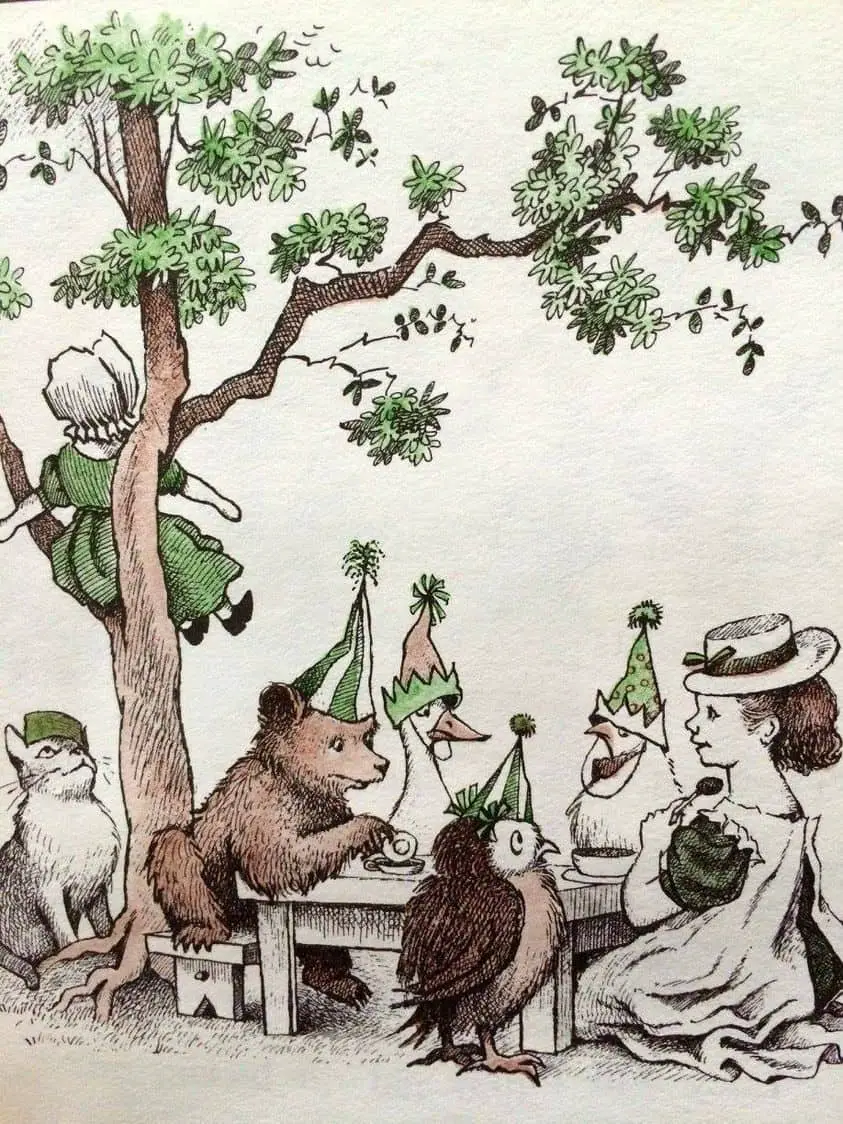
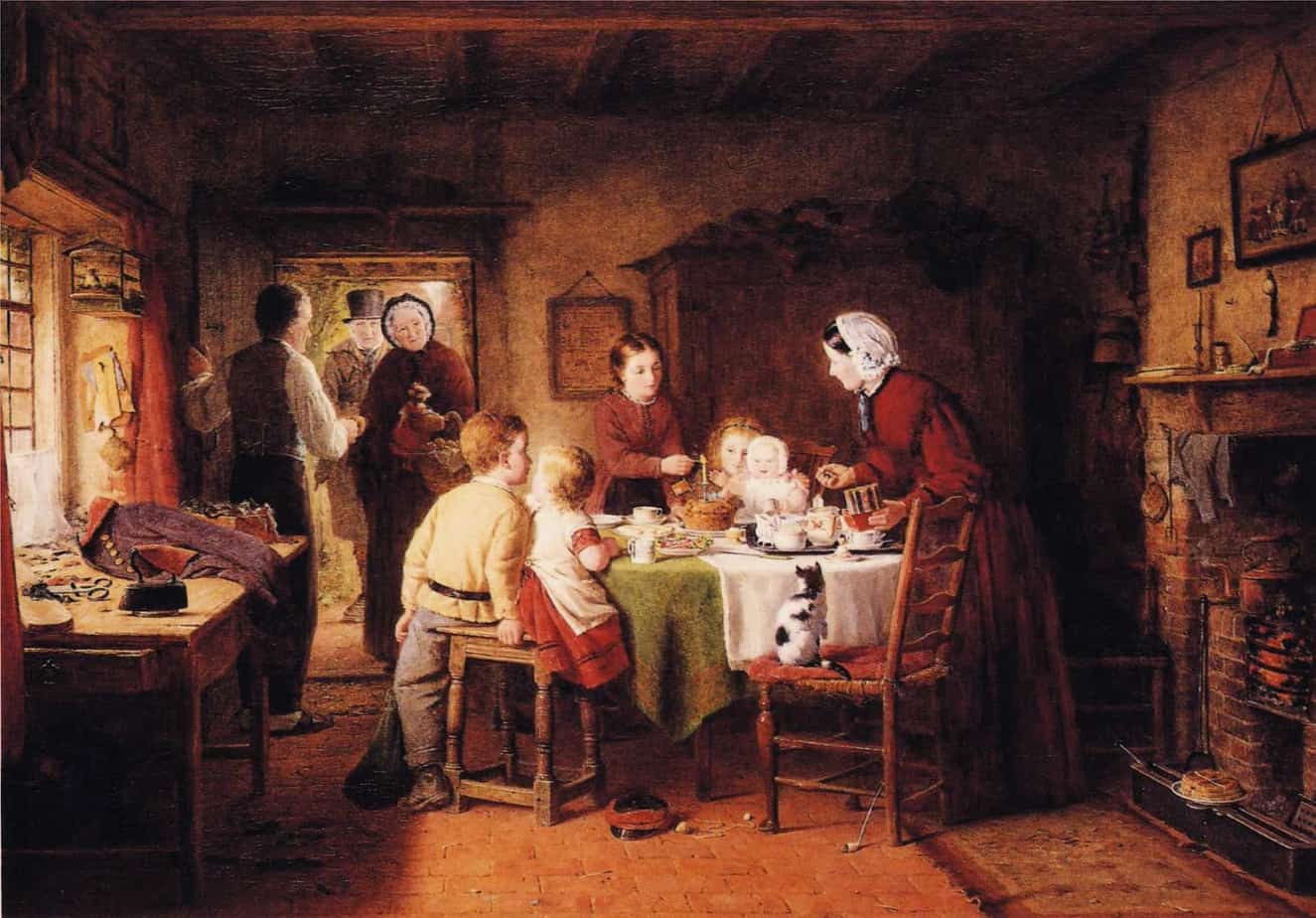
DRESS UP PARTIES
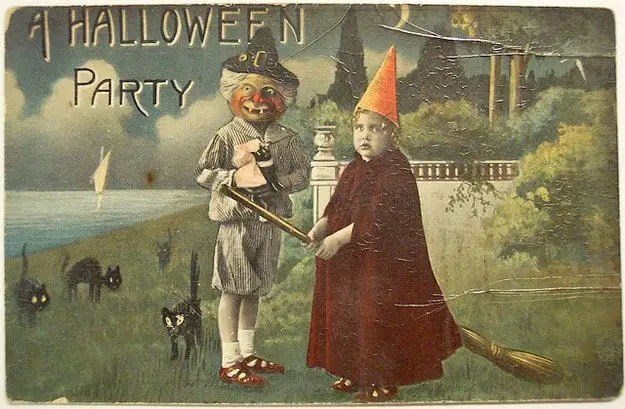
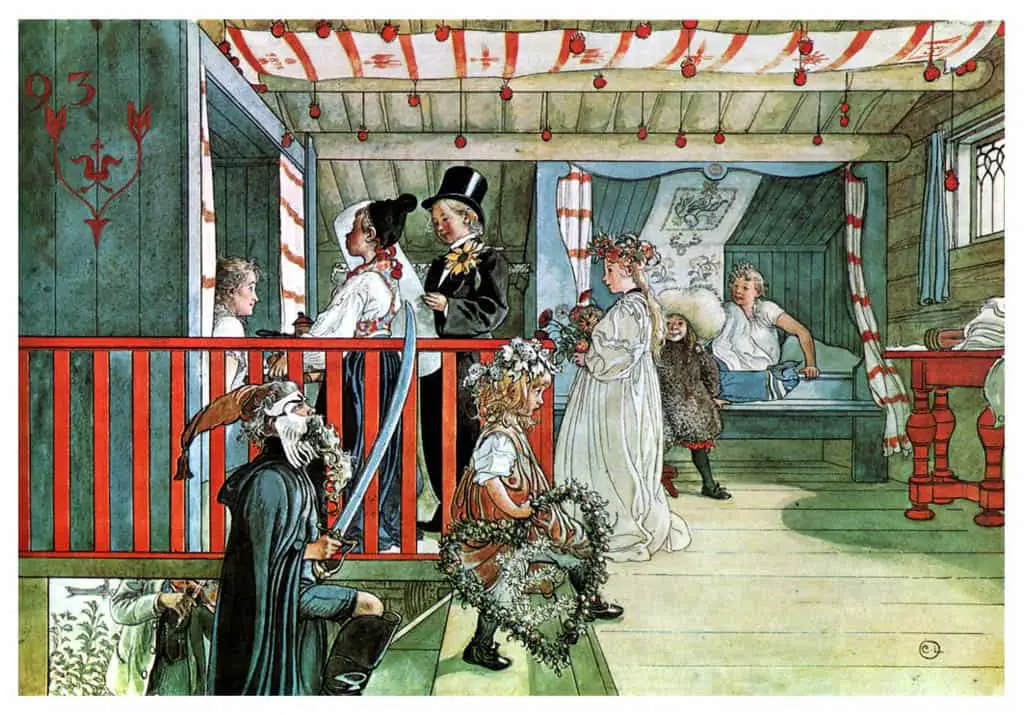
TEA PARTIES
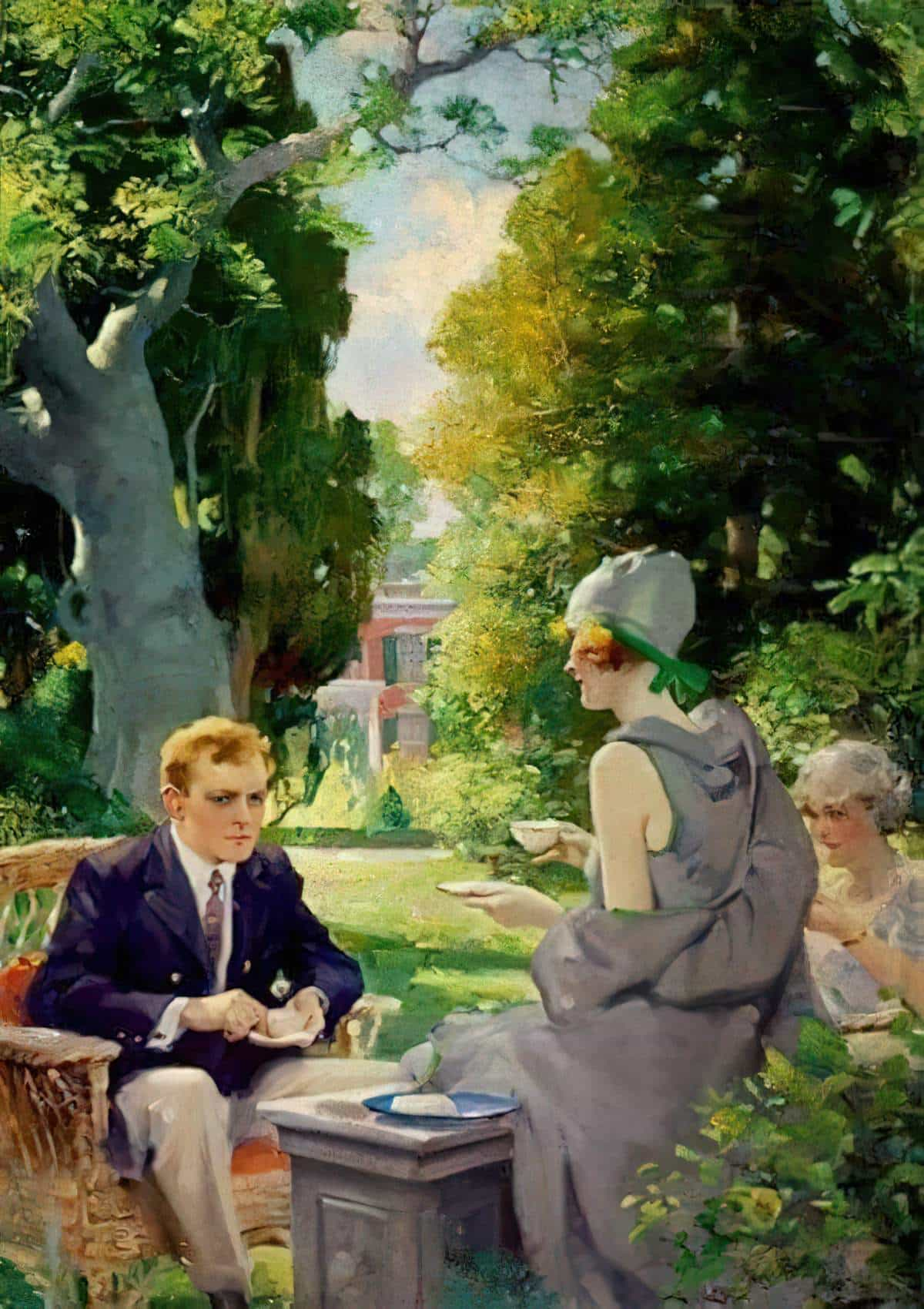
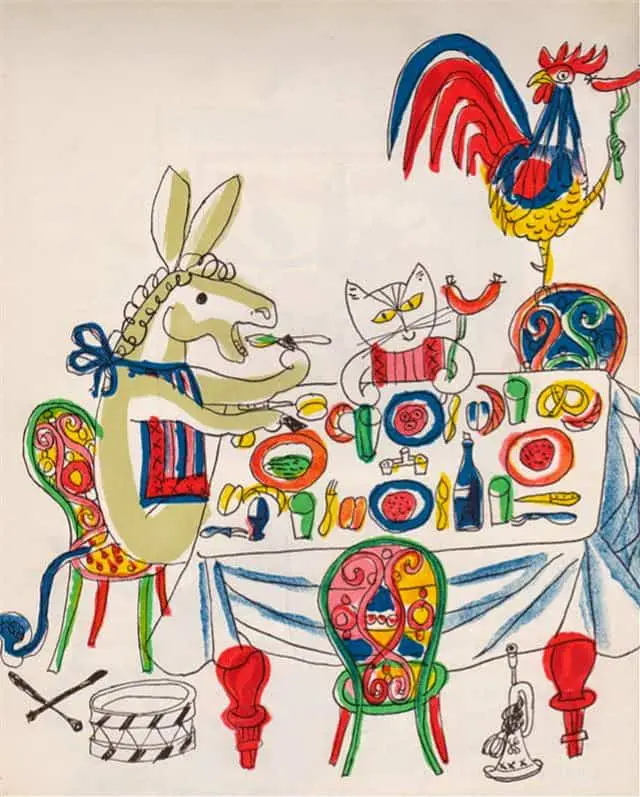
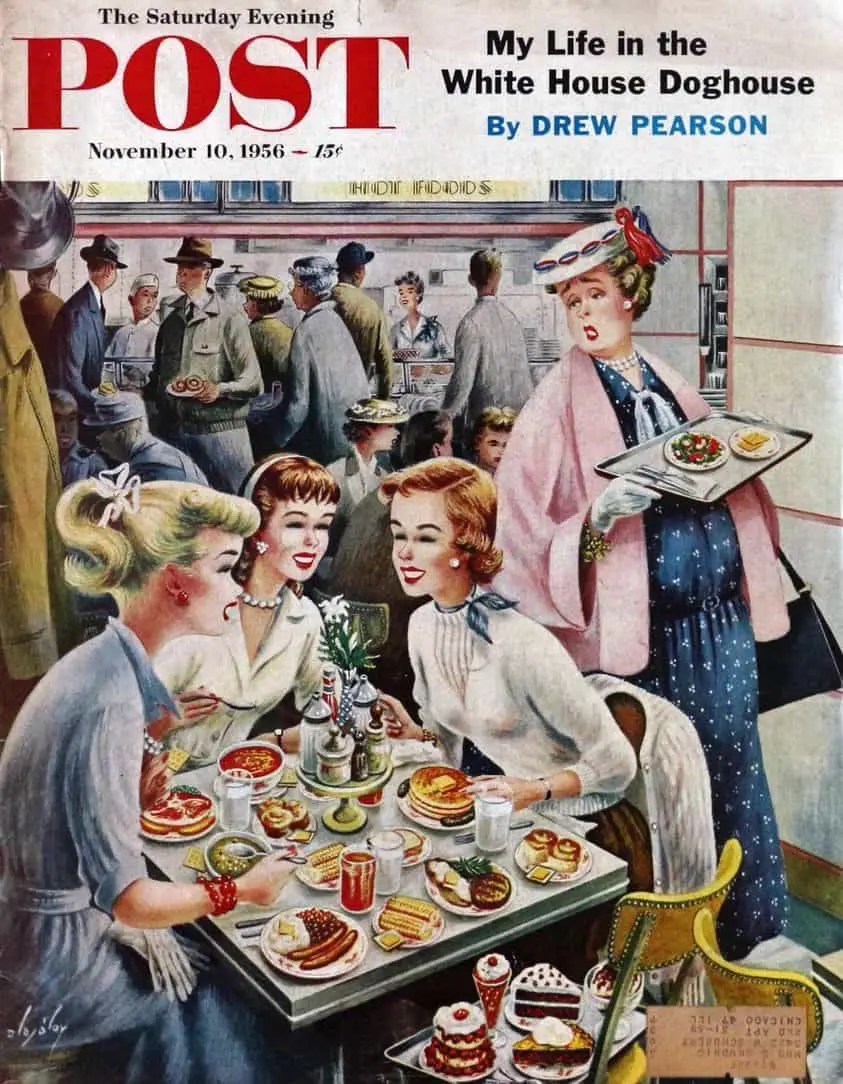
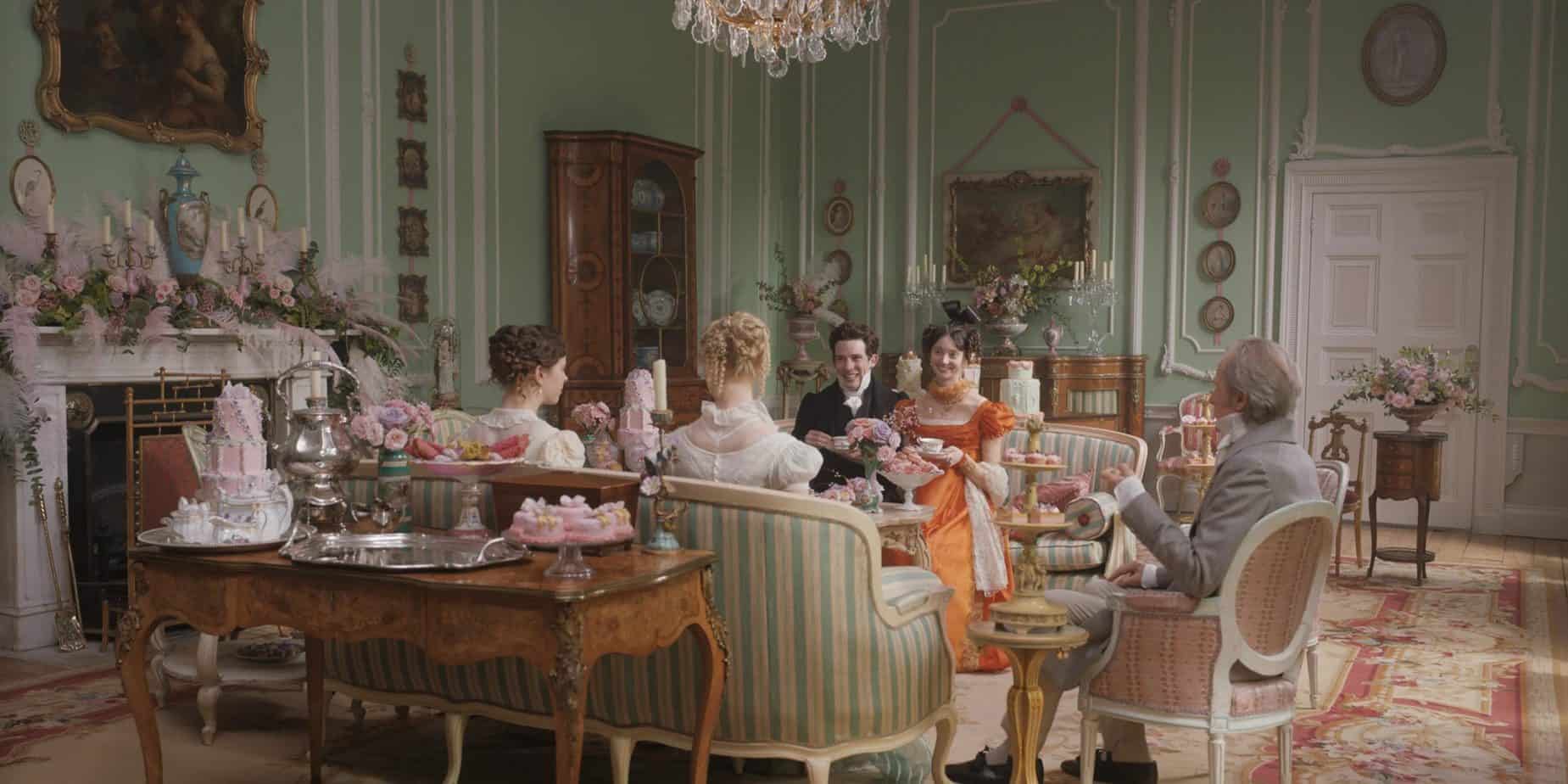
THE BARN DANCE
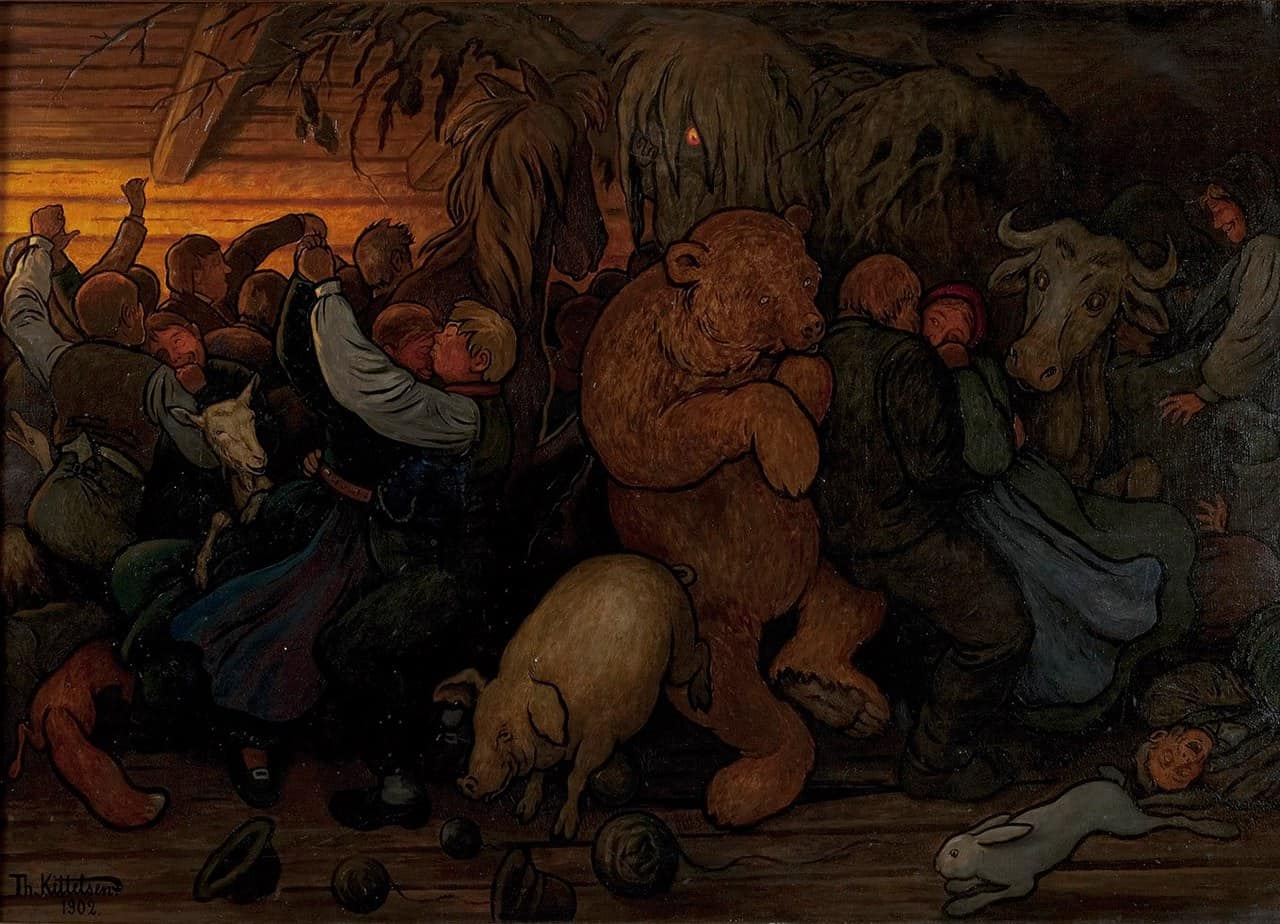
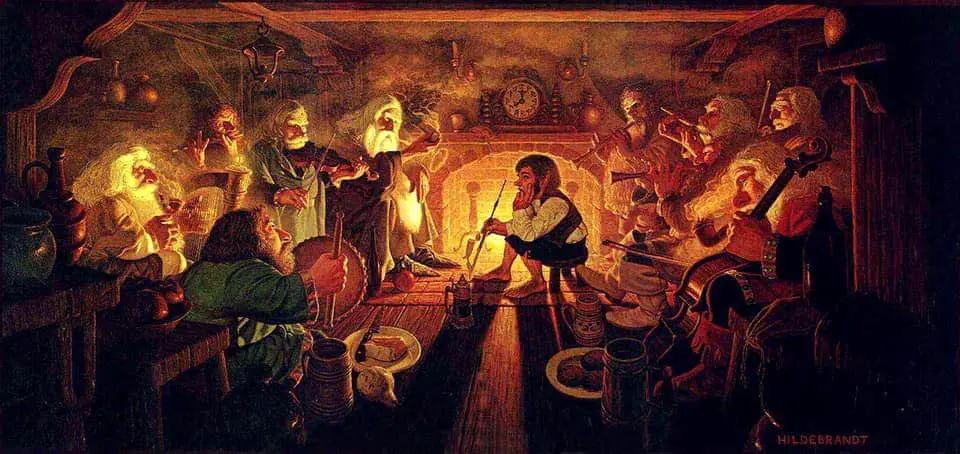
THE DINNER PARTY
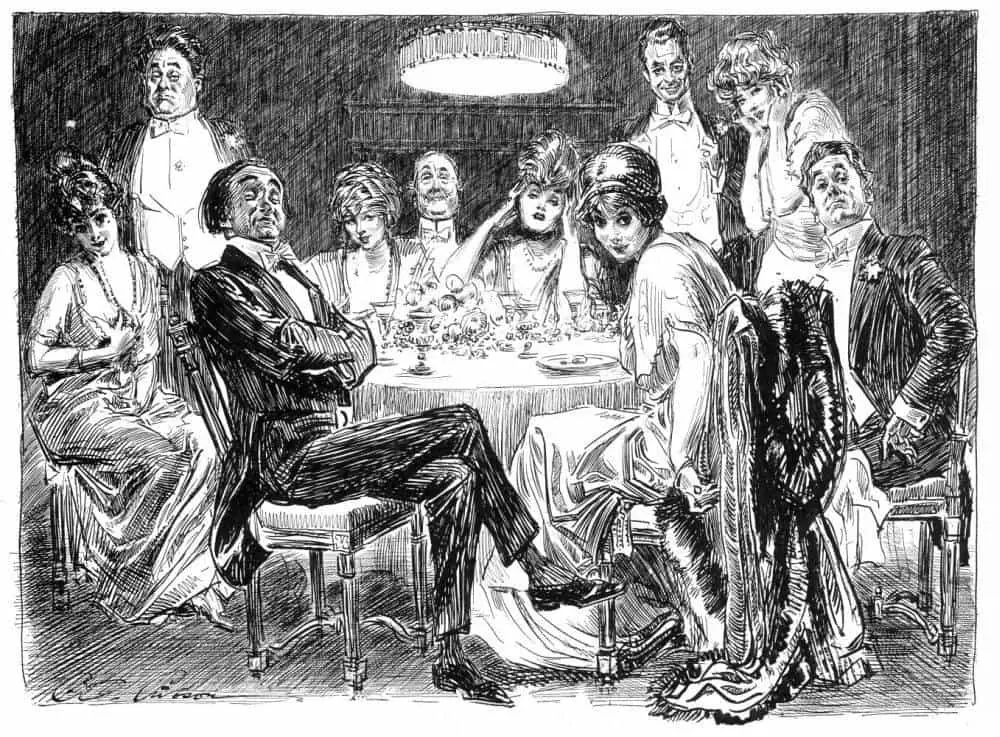
THE NIGHT PARTY
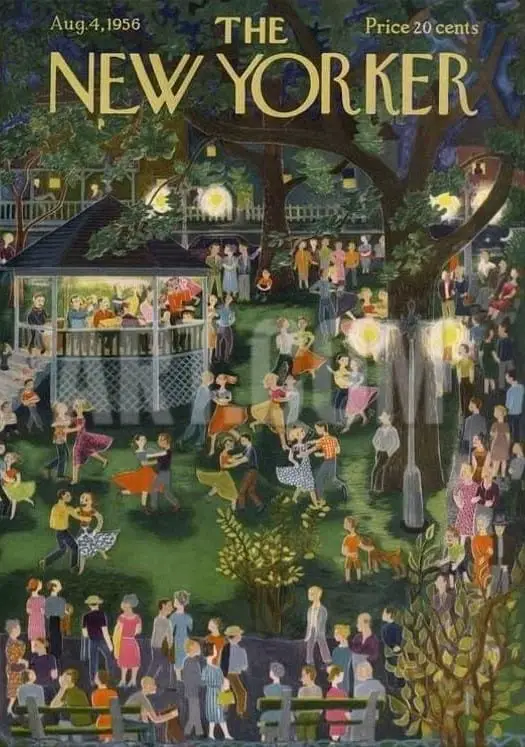
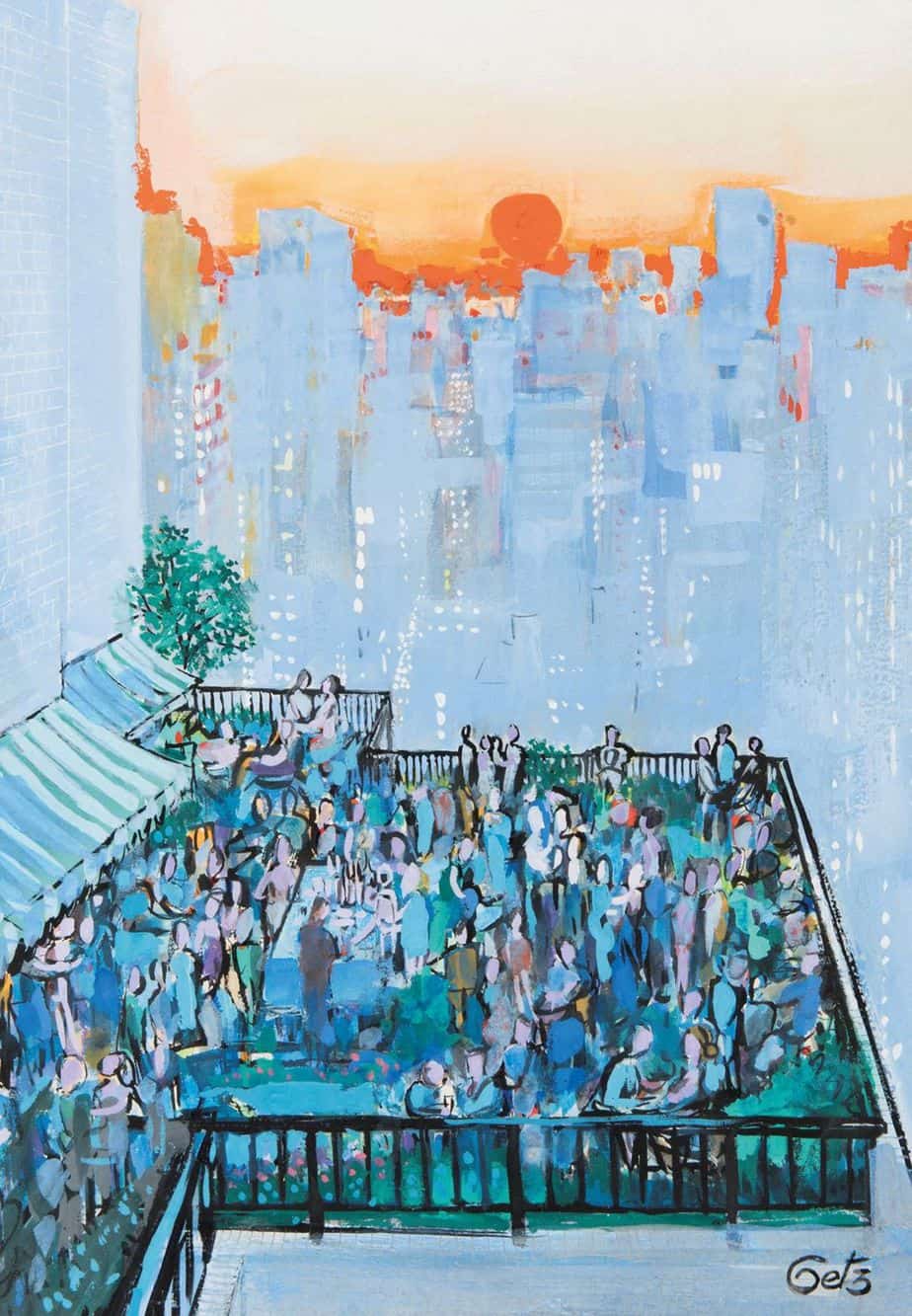
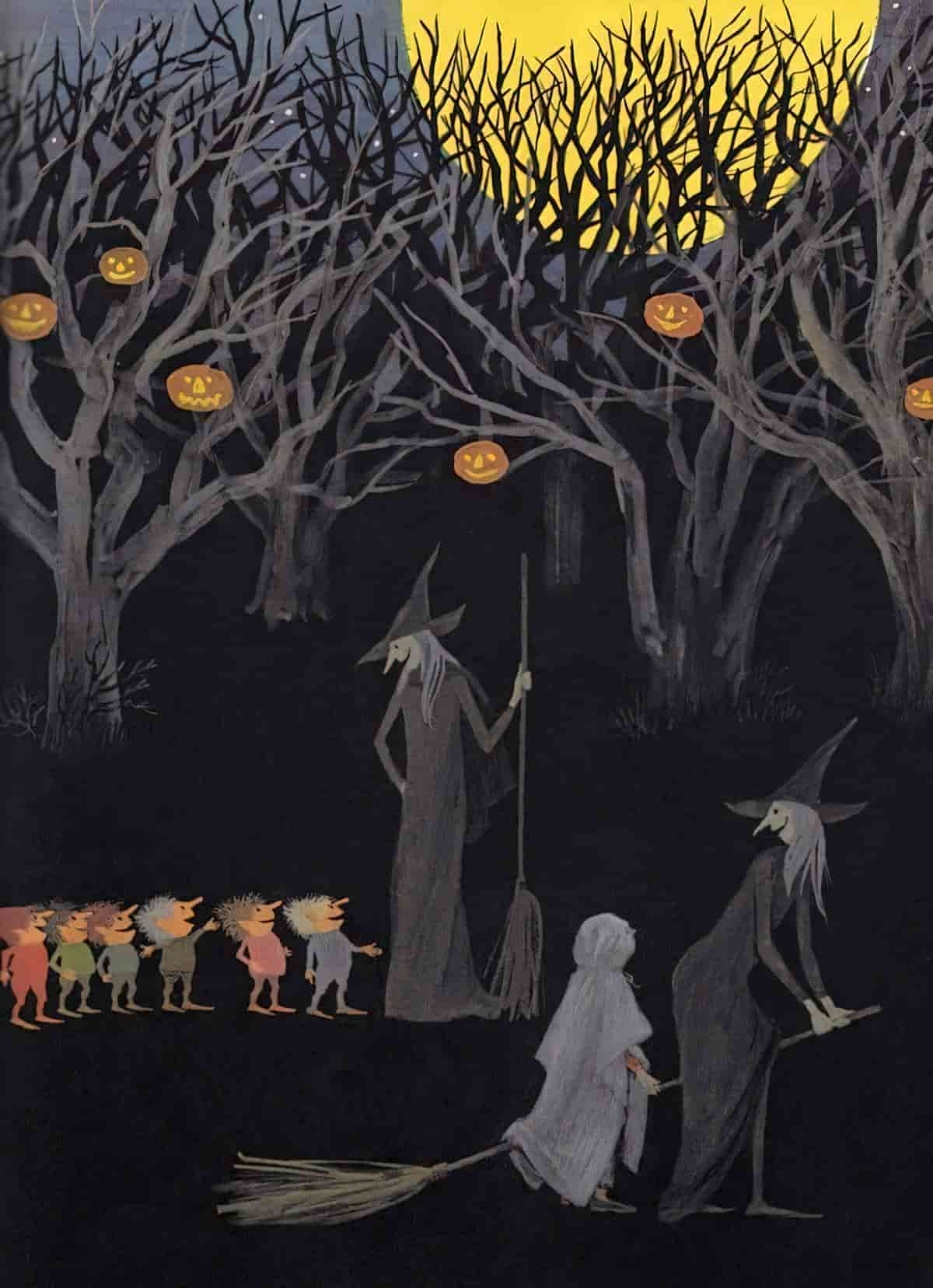
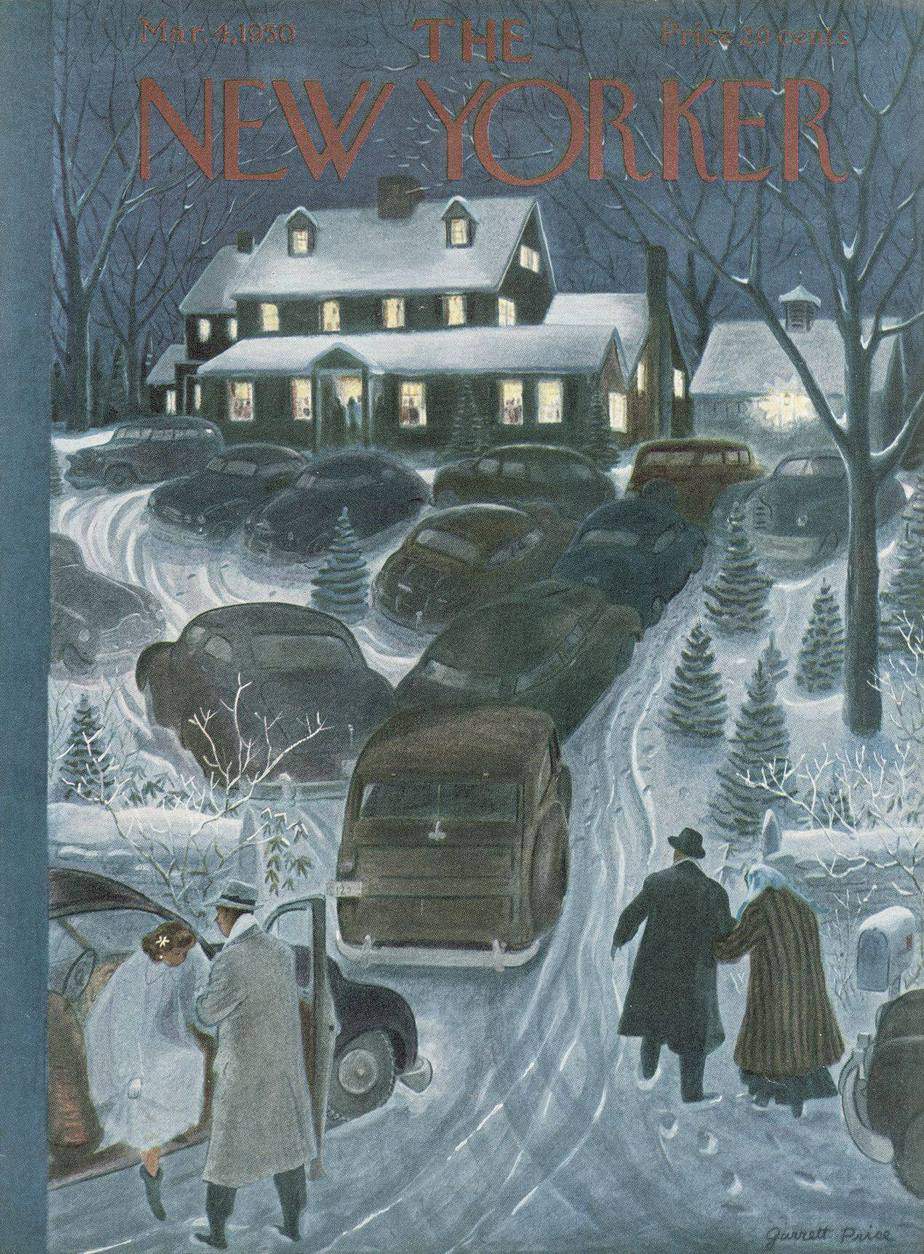
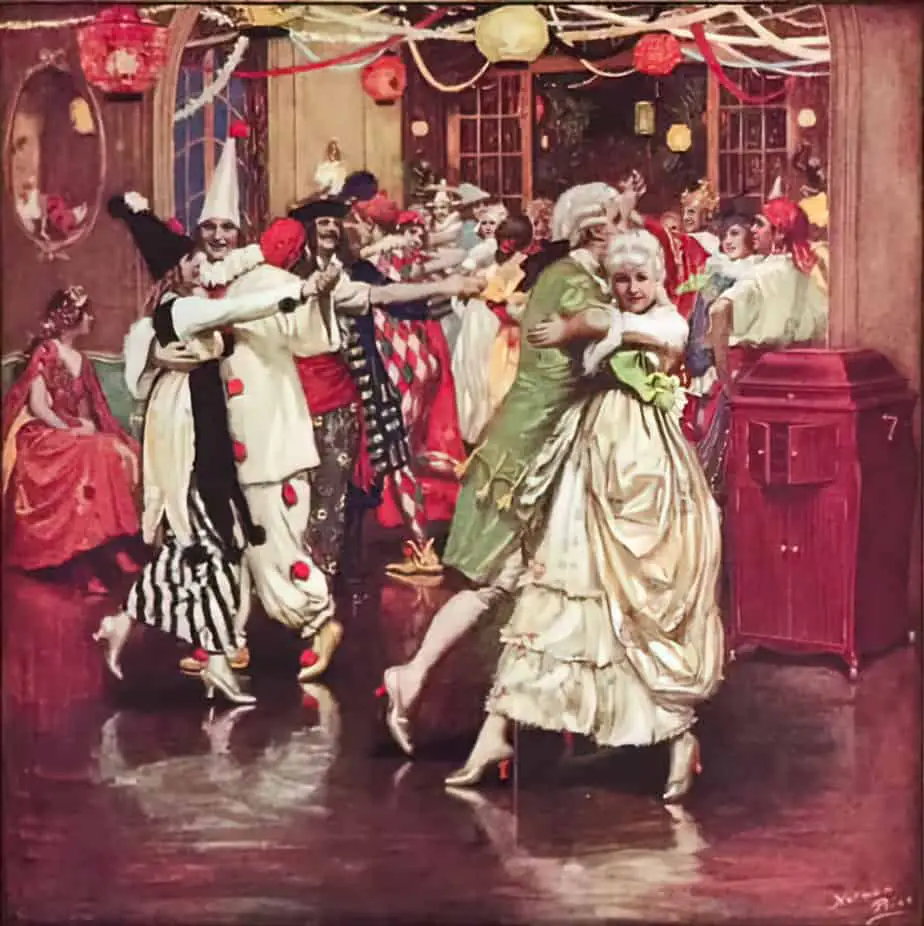
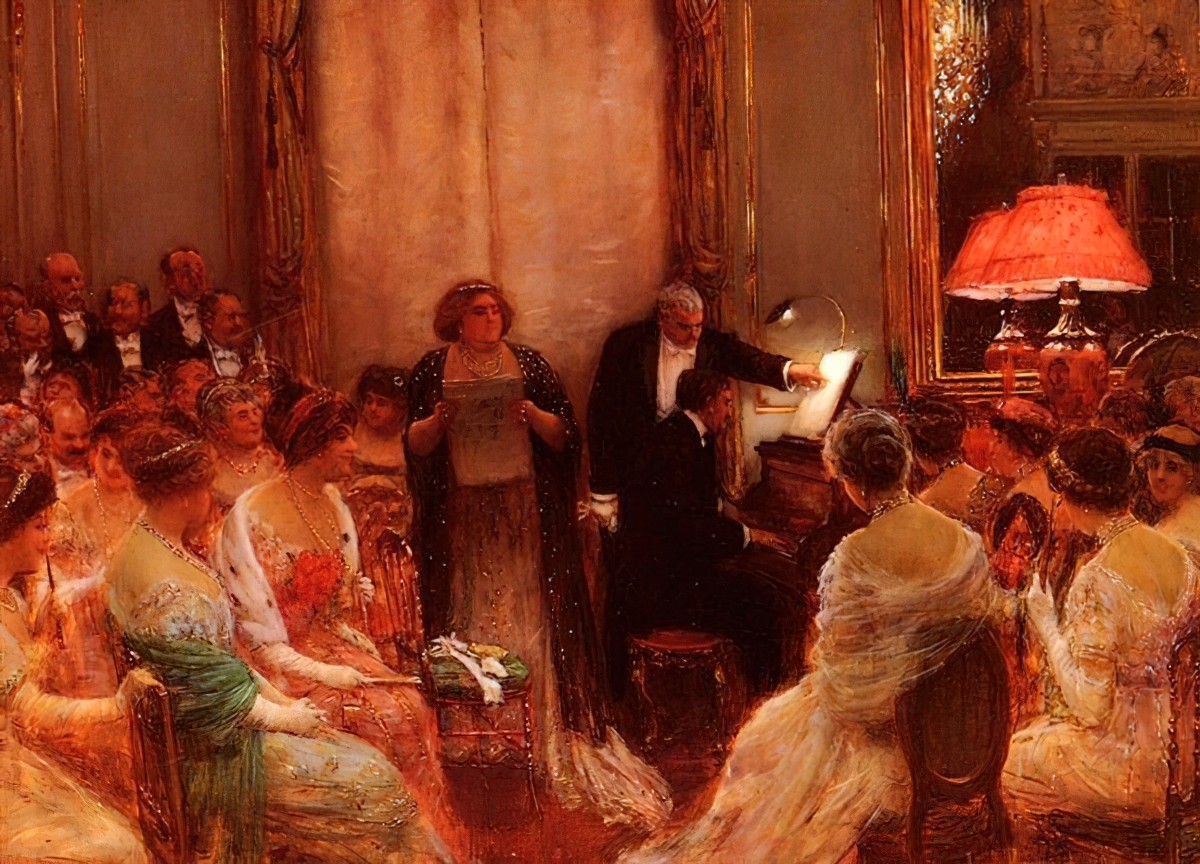
THE FUN PARTY SUBVERTED
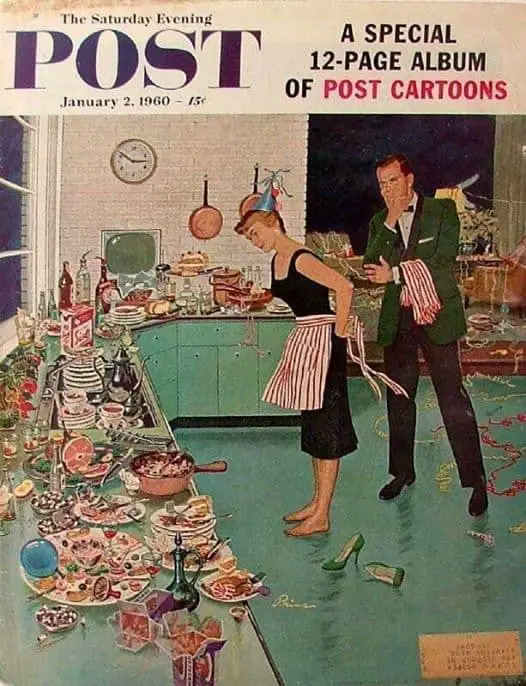
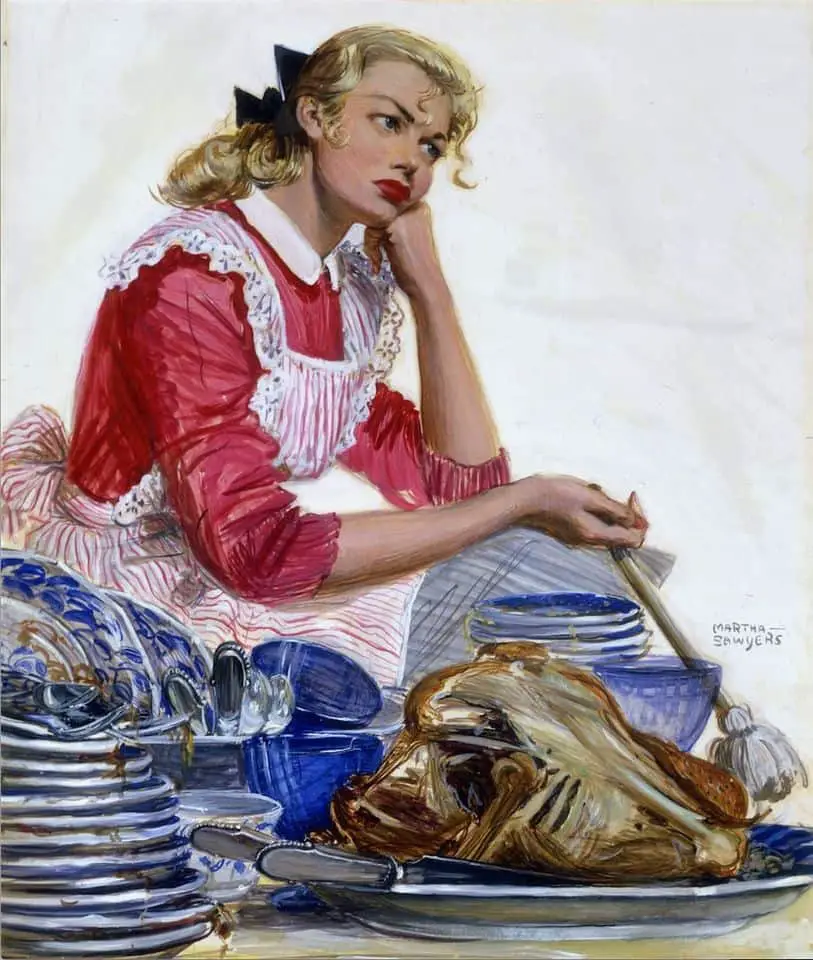
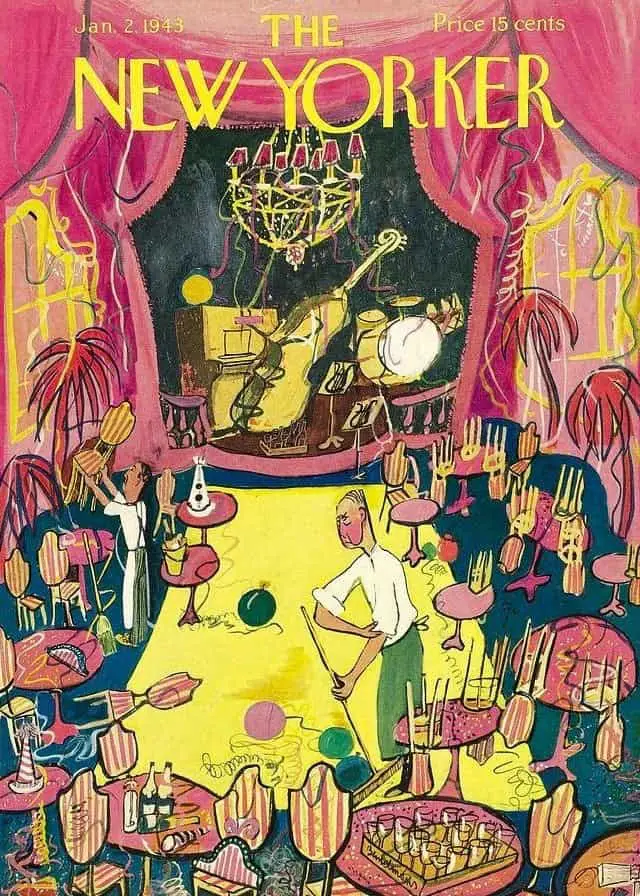
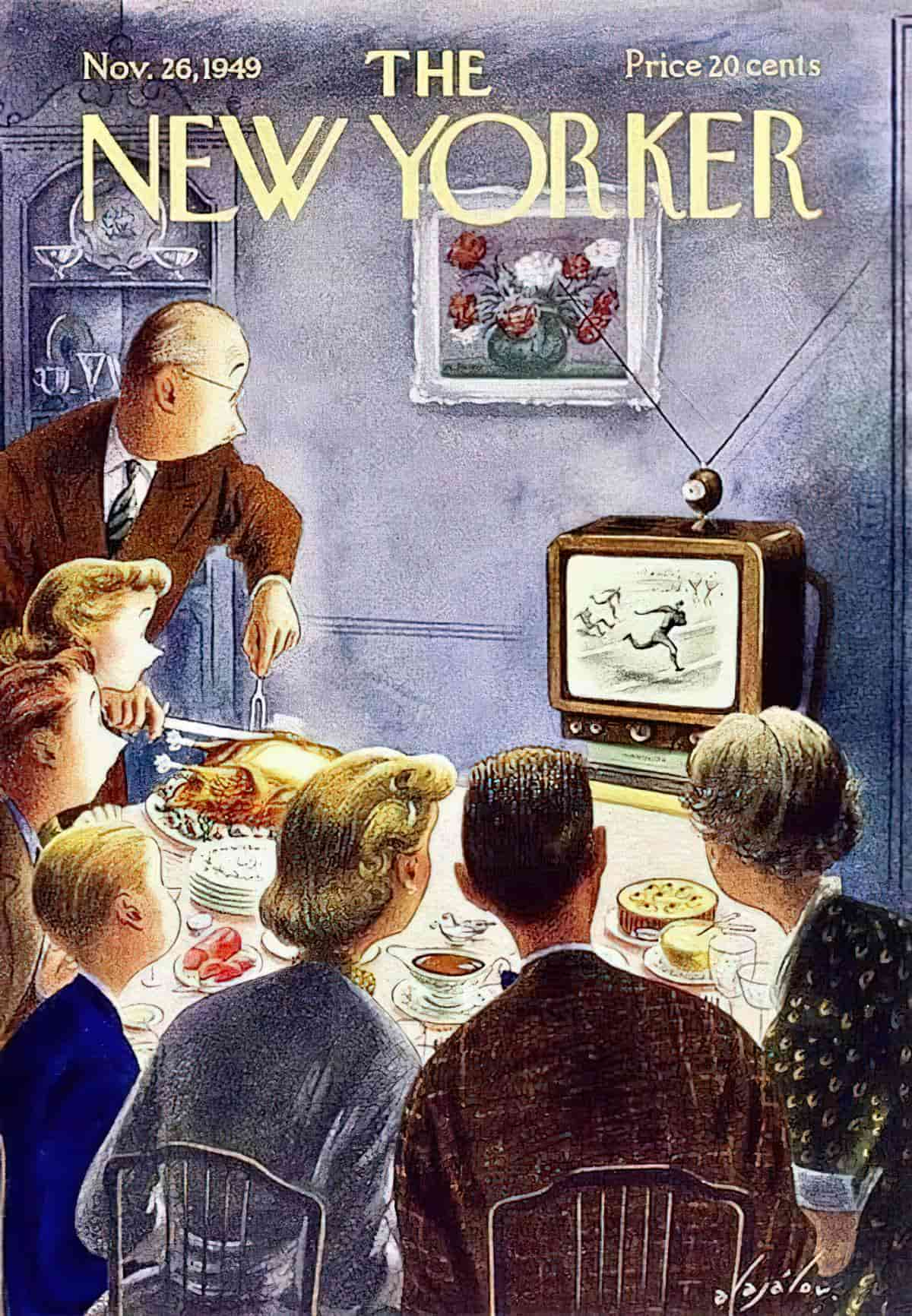
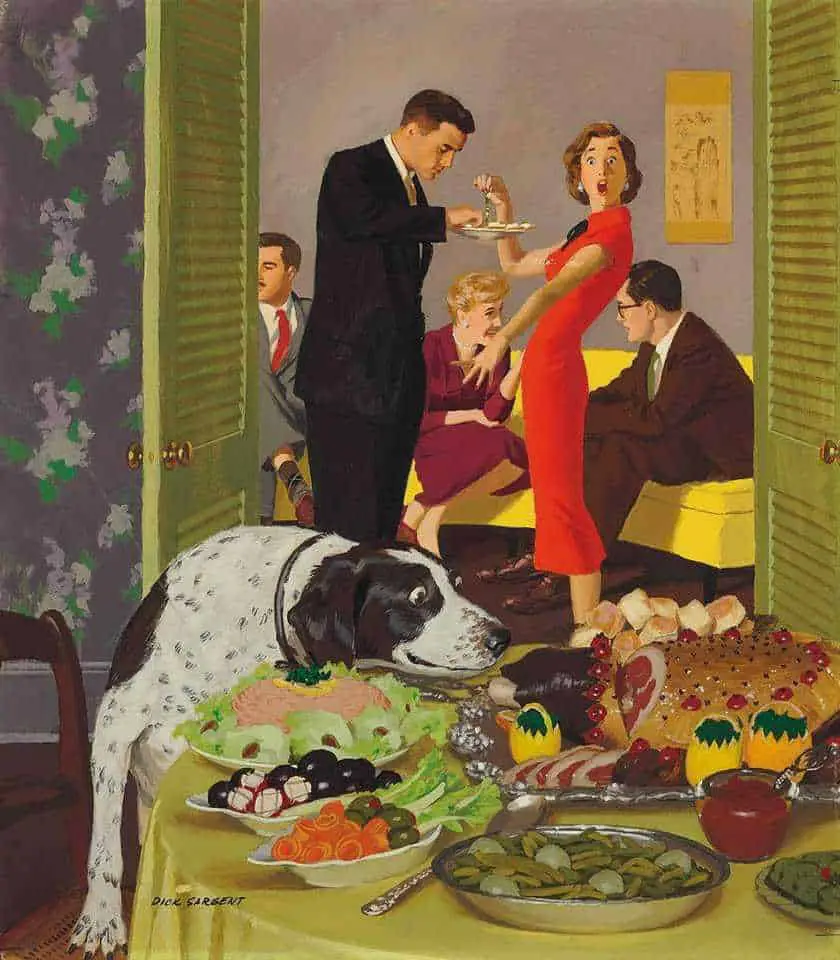
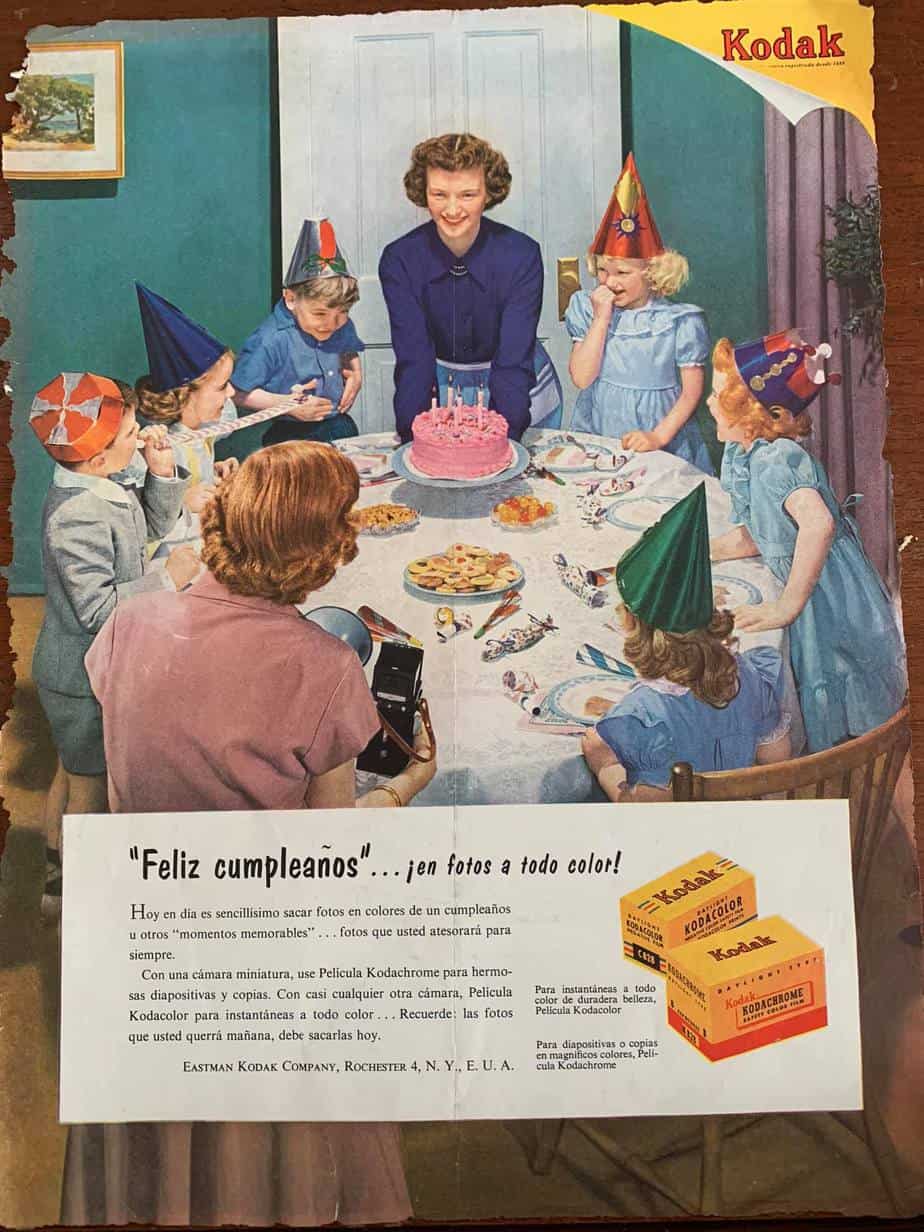
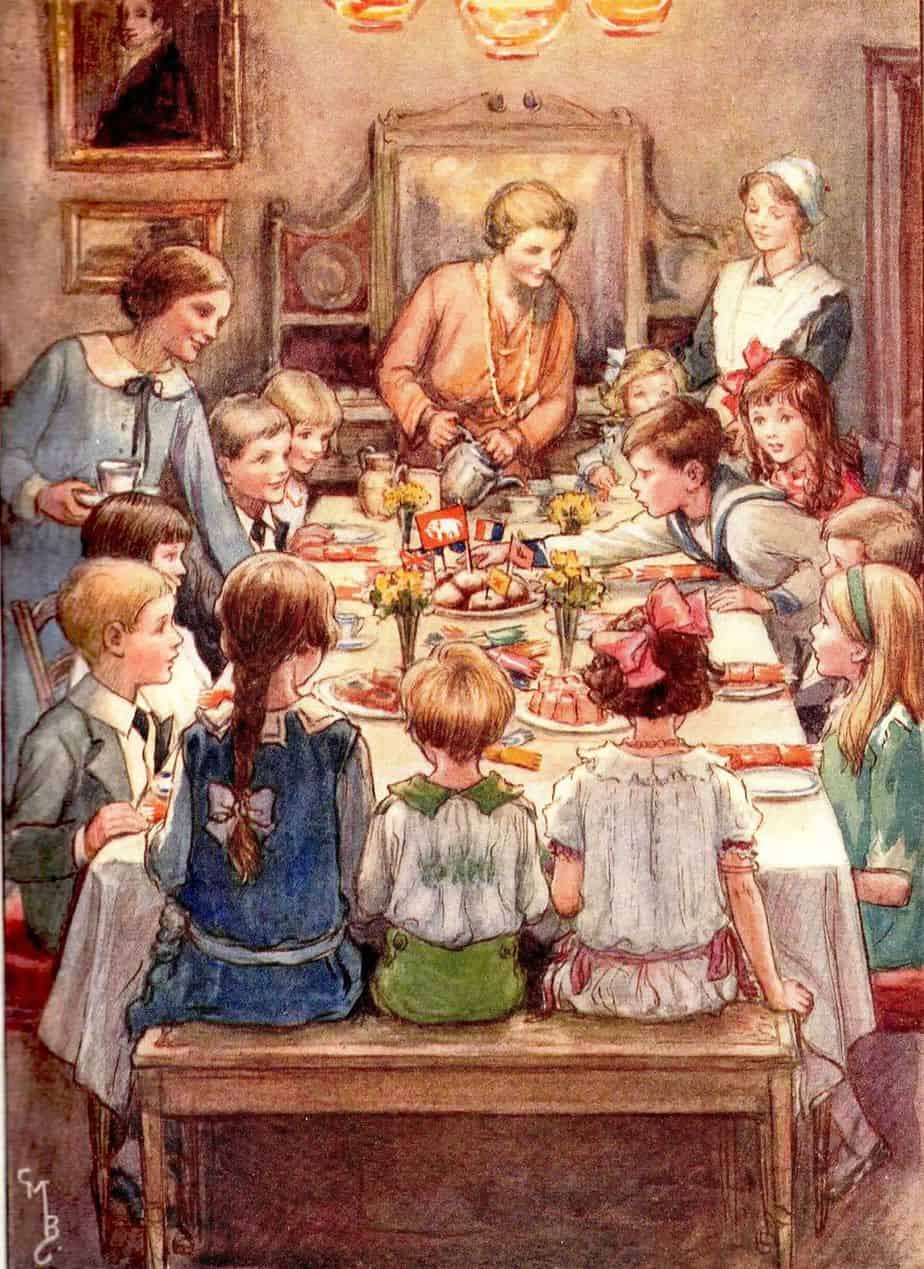
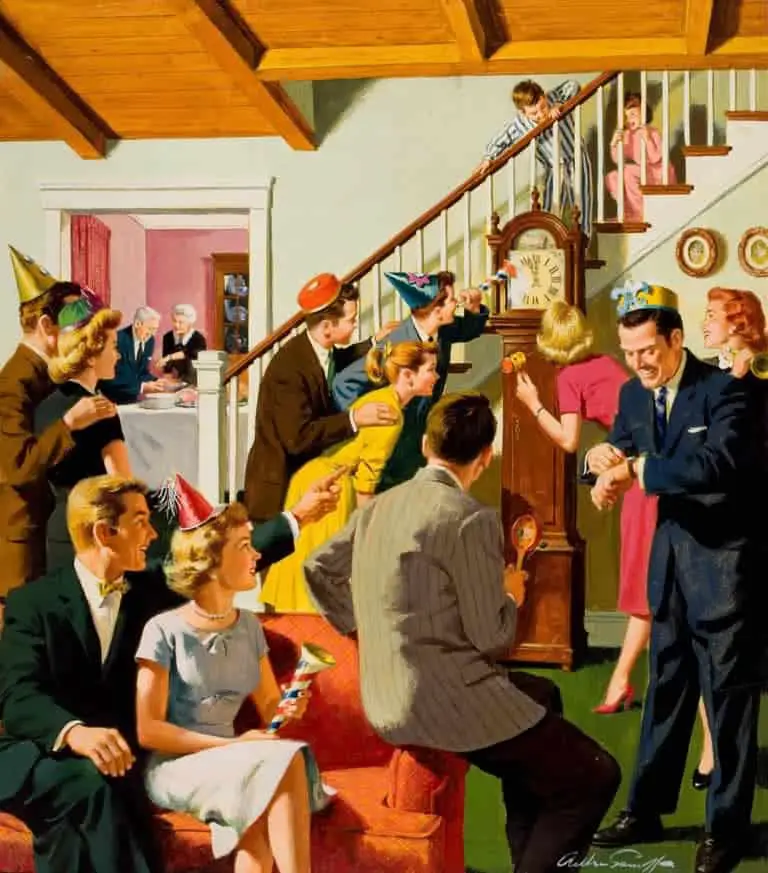
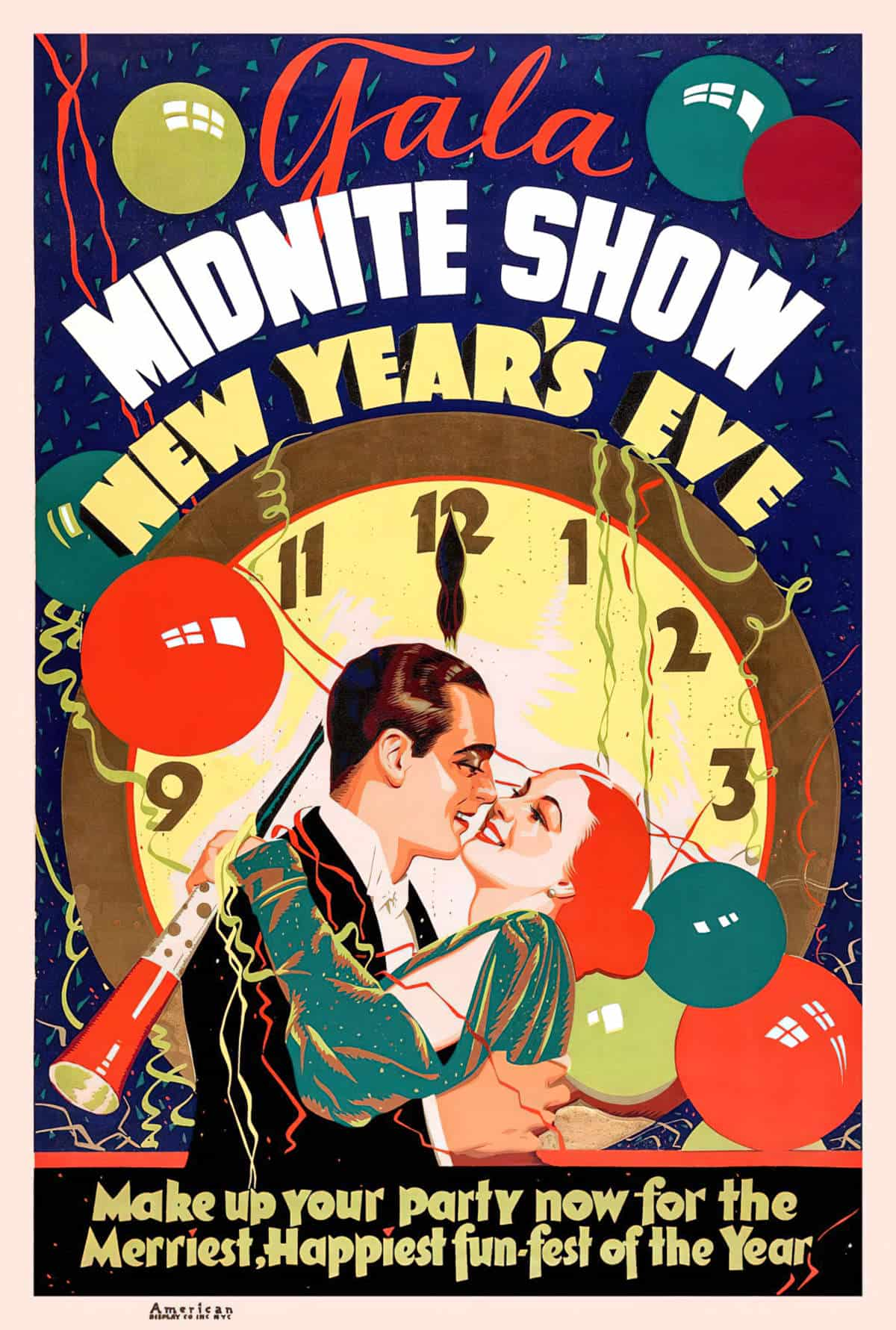
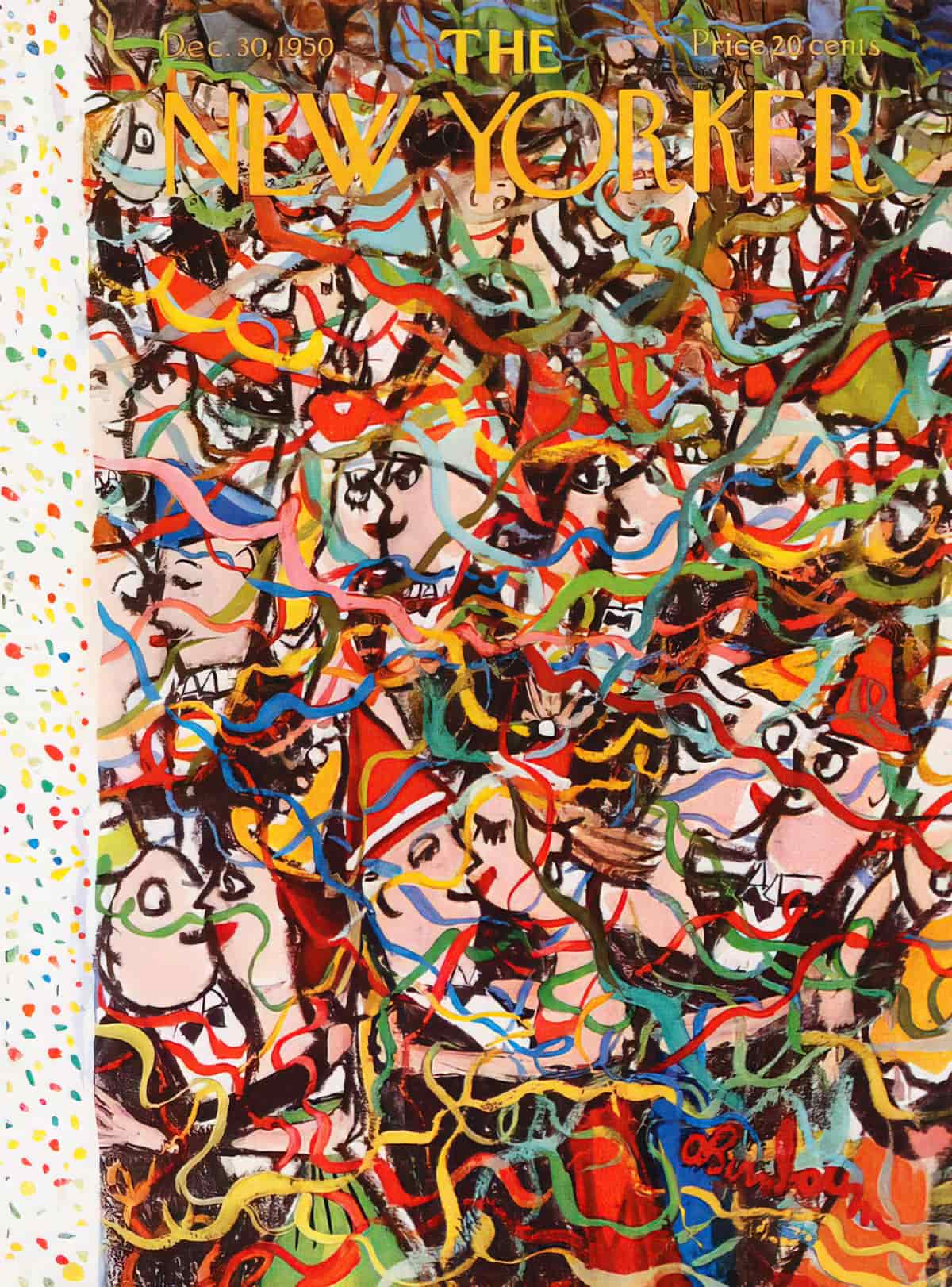
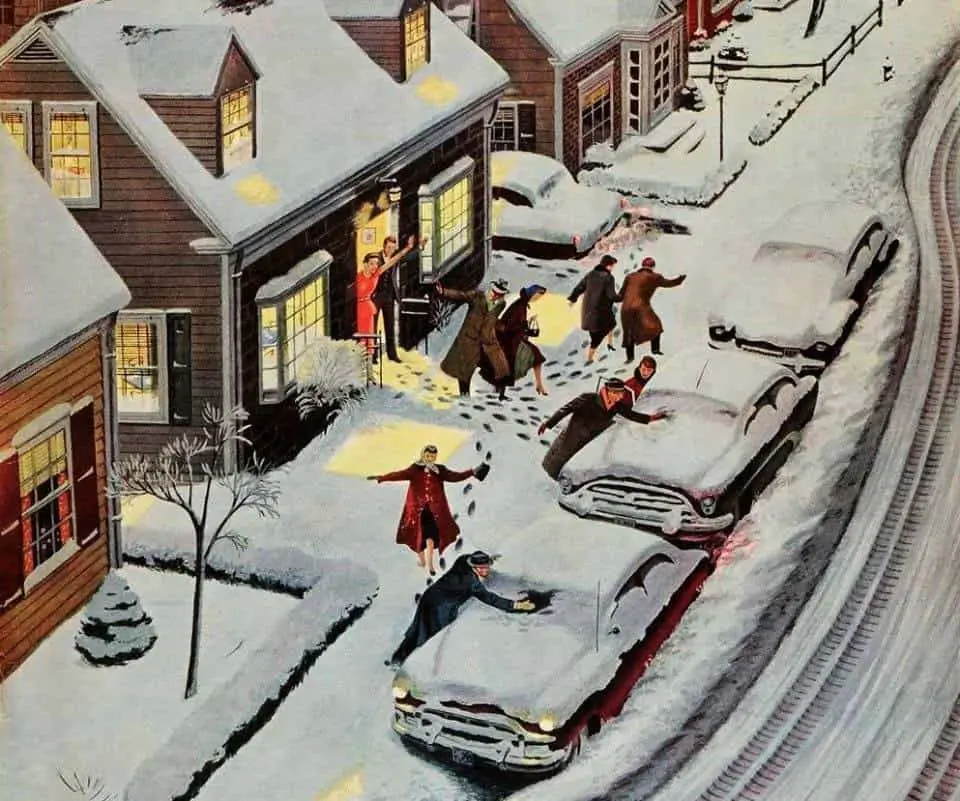
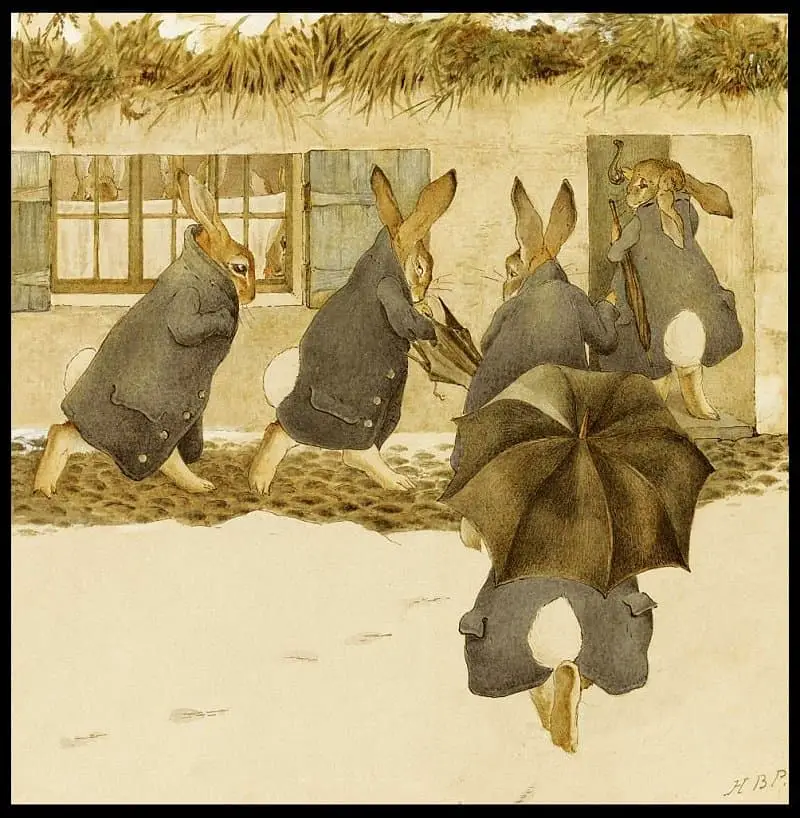
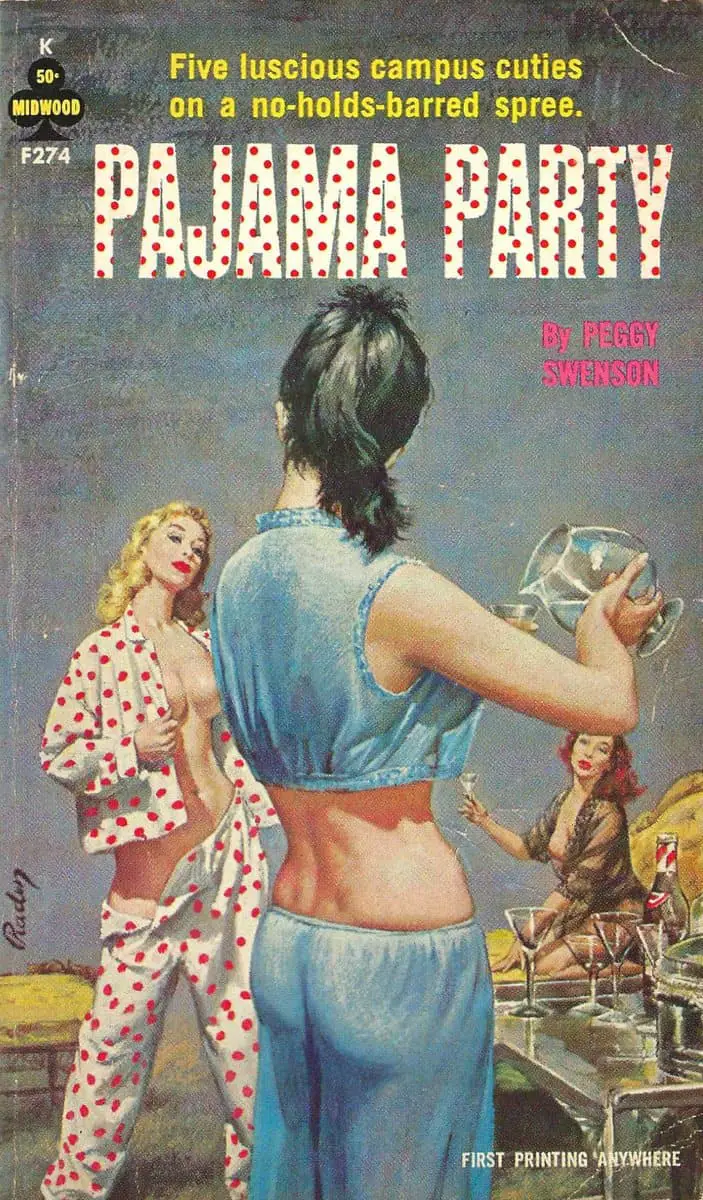
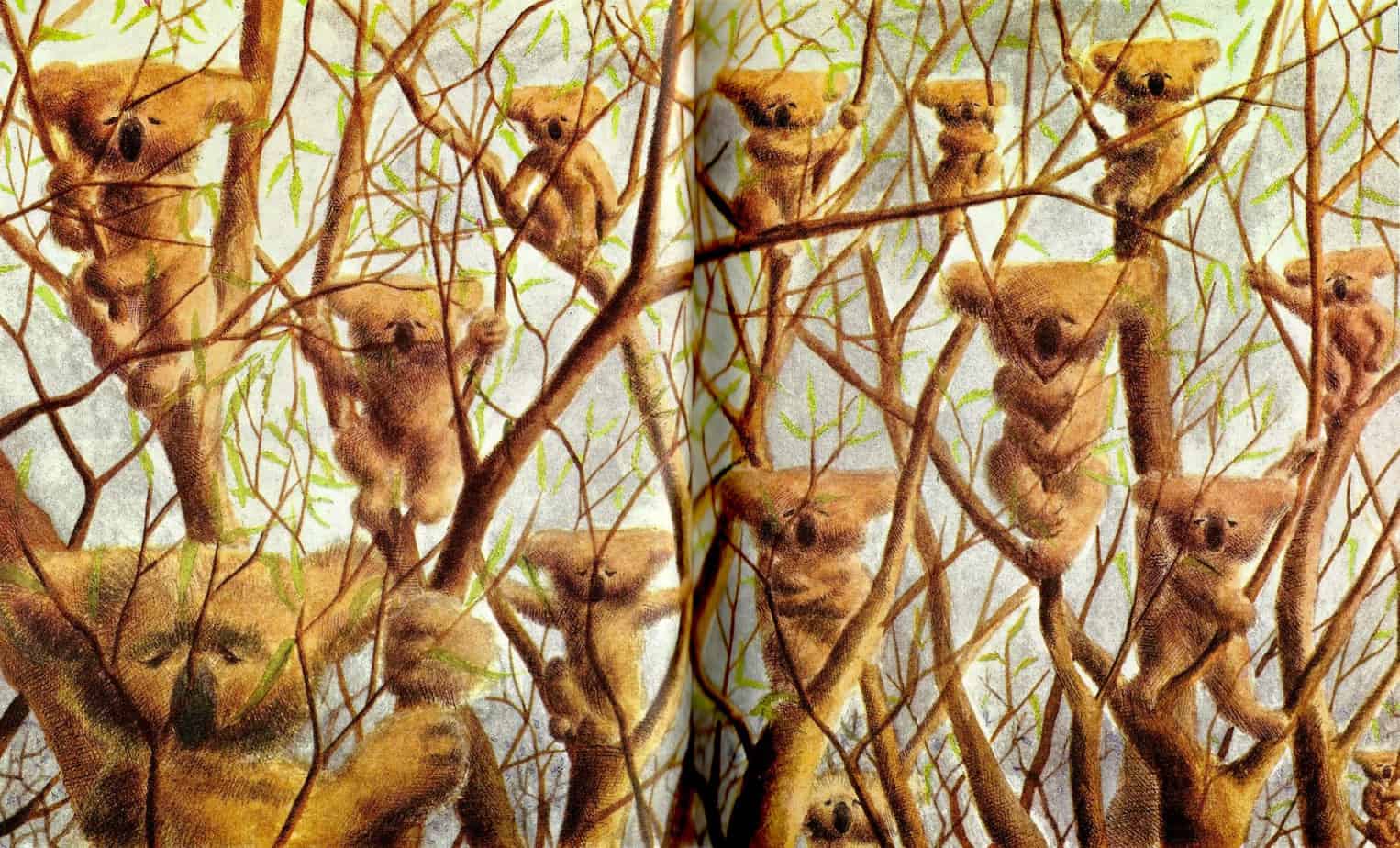
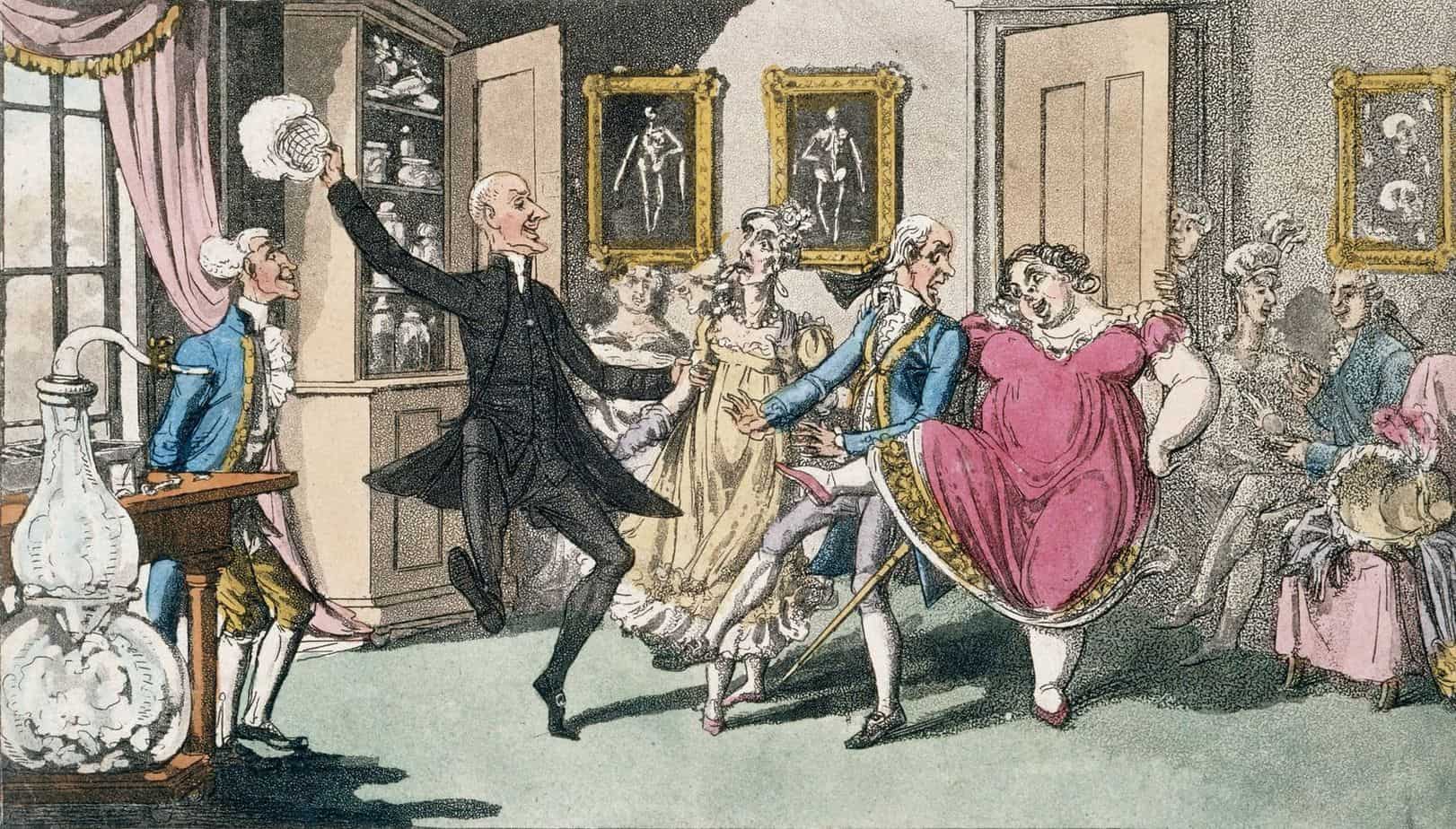
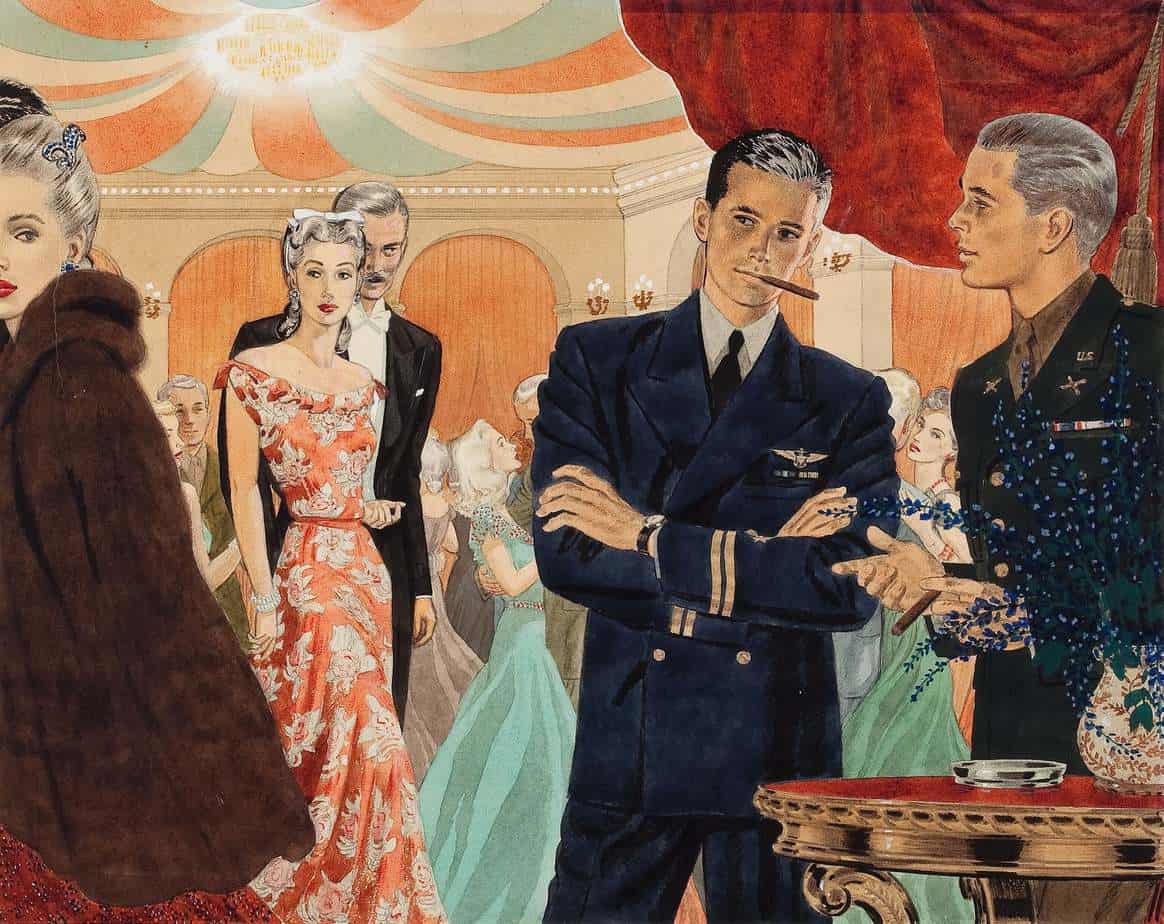
Mrs. Dalloway is always giving parties to cover the silence.
Mrs Dalloway by Virginia Woolf
Sheila Liming talks about the party, social gatherings that occasion joy and dread and various emotions in between. The party is both a pause and an acceleration in the life-work continuum, it can deaden political motivation and engender fresh politics. We discuss the horrible parties in The Office and the wonderful parties in Small Axe, among other things.
High Theory Podcast
Header painting: Elenore Abbot (1875–1935)
